Aruba, affectionately known as “One Happy Island,” is a Caribbean gem that lives up to its nickname with year-round sunshine, turquoise waters, and warm, welcoming locals. Located just off the coast of Venezuela, this Dutch-influenced island offers a unique blend of European charm and tropical paradise.
Whether you’re lounging on the white sands of Eagle Beach, snorkeling among vibrant reefs, exploring Arikok National Park, or strolling through the colorful streets of Oranjestad, Aruba has a way of making every kind of traveler feel at home. It’s a destination that calls you back.
The Same
What we shared, The Dinks (Double Income, No Kids) and The Family (of four) was the same home base: the gorgeous stretch of Palm Beach, where soft white sand meets calm turquoise water. Aruba’s reputation as one of the safest islands in the Caribbean meant we felt comfortable wandering the beach for miles, day or night, without a second thought. Same place, same sunshine, but two very different ways of soaking it all in.
Getting Around
We both arrived in Aruba and took a taxi to our hotels. Since there’s no Uber or Lyft in Aruba, we relied on taxis to get around. The good news is that prices are government-regulated, so you’ll pay the same standard rate no matter which licensed taxi you take—no haggling required.
Palm Beach
This two-mile stretch of white sand and calm turquoise water is lined with high-rise resorts, bustling beach bars, and lively restaurants. It’s perfect for travelers who love a mix of relaxation and activity, you can lounge under a palapa, go paddleboarding, or take a sunset sail. At night, the beach transforms with live music, casino lights, and open-air dining.
We walked the entire beach (Not all at once) There is a small boardwalk that goes past all the hotels, but we also walked along the shore. What we loved is that, unlike a lot of Caribbean beaches we were not harassed by a single person trying to sell us something.
The beach did get crowded, but the water was calm. It was mostly clear, but on windy afternoons it did get a little cloudy. There was some seaweed. Our friends who joined us on this trip were glad they had their water shoes.
Tres Trapi Beach
Tres Trapi Beach, a hidden gem on Aruba’s northwest coast, is a small rocky cove known for its crystal-clear waters and incredible snorkeling. The name, meaning “three steps,” comes from the natural rock staircase that leads you into the sea. Once in the water, snorkelers are treated to vibrant marine life, including colorful tropical fish, starfish, and even the chance to spot sea turtles gliding through the shallow reef. Its calm, sheltered waters make it an ideal spot for both beginners and experienced snorkelers, while the peaceful, uncrowded setting offers a serene escape from the island’s busier beaches.
The family stopped here as part of a snorkel excursion. We, The Dinks, had read that the best time to see sea turtles here was between 7:00 and 10:00 a.m., before the tour boats start to arrive. So, we decided to make an adventure out of it, walking the roughly 2.5 miles from our hotel to Tres Trapi right along the beach,and walk way (See details below) soaking in the quiet morning air and watching the sun climb higher over the water. By the time we arrived, the cove had a few people already snorkeling but not too crowded. We took the famous three steps into the cove and saw at least a handful of sea turtles. There were also a ton of different types of fish. Right on schedule the tours showed up at 10am and slowly the fish and turtles spotting started declining.
Local Cusine
One of the best ways to experience Aruba is through its food. With influences from Dutch, Caribbean, and Latin American cultures, the island serves up a flavorful mix of local dishes you won’t want to miss.
Local Aruba Foods to Try:
- Keshi Yena – A hearty dish of spiced meat (often chicken) baked inside a cheese shell.
- Pastechi – Fried pastry pockets filled with cheese, meat, or fish—perfect for breakfast or a snack.
- Funchi – Cornmeal side dish, similar to polenta, often served with stews or grilled meats.
- Ayaca – Cornmeal dough stuffed with seasoned meats and wrapped in banana leaves, typically enjoyed around the holidays.
- Aruban Seafood – Fresh catches like red snapper and grouper, often grilled or fried and served with plantains.
- Pan Bati – Sweet, soft cornbread pancakes used to soak up sauces and stews.
- Sopi di Mondongo – A rich tripe soup flavored with local herbs and spices.
- Dutch Pancakes – Larger, thinner pancakes served with both savory and sweet toppings—a nod to Aruba’s Dutch heritage.
The Dinks
We stayed at the Barcelo Aruba, an all-inclusive resort set right on the stunning Palm Beach, and it was everything we hoped for in a relaxing island escape. The beachfront location meant we could go from breakfast to beach chair in under five minutes, with crystal-clear water and soft sand waiting for us every day. The resort had a lively yet laid-back vibe, with plenty of food and drink options, daily activities available if desired, and just enough nighttime entertainment to keep things interesting without being overwhelming. It was the kind of place where you could do as much, or as little, as you wanted, and that was exactly the kind of vacation we needed.
- STAY: Barcelo Aruba
- SEE: Aruba Carnival show at the resort
- DRINK: Aruba Ariba – rum, vodka, banana liqueur, orange juice, and grenadine. A little too sweet for us but you have to try at least one
Barcelo Aruba
Barceló Aruba is an all-inclusive beachfront resort located on Palm Beach, offering guests a perfect blend of relaxation and entertainment. With spacious rooms featuring private balconies, multiple restaurants and bars, a lagoon-style pool, and direct access to the island’s famous white sands, it’s designed for both comfort and fun. Guests can enjoy nightly shows and a lively casino, all while being just steps away from Aruba’s vibrant shopping and nightlife.
We had previously stayed at a Barcelo in Punta Cana, Dominican Republic. In comparison, this one was very dated. We realized later that it actually used to be an Occadontal, which Barcelo purchased and just rebranded. The food was on par with what you would expect at most all-inclusives we have been to. We only made it to one show, The Arubian Carnaval. It was okay. I did enjoy seeing the costumes.
Each morning at Barceló Aruba, we made our way down to the beach around 6:45 a.m. to “claim” our chairs, though the coveted tiki-style shelters were always gone by 6 a.m. Breakfast was solid, with the highlight being the enormous cooked-to-order omelets. Lunch was just okay, but the real standout was the service on the beach—while it seemed there was only one server covering everyone, he was kind enough to fill our Yeti cups with mojitos instead of the small paper ones. The swim-up bar was a fun touch, with rock-style stools and bartenders who kept drinks flowing quickly. In the evenings, we especially loved the lobby bar, where the espresso martinis, particularly the darker version, were excellent, and far better than the Bailey ’s-based ones.
All the Iguanas
I’ve never seen so many iguanas in one place before—at the Barceló, I once counted 17 at the same time sunning themselves on the rocks, and I’m sure there were more nearby. They’re everywhere, almost like the resort’s unofficial pets. The iguanas love fruit, and while you can feed them, it’s best to toss it toward the rocks rather than hand it to them directly. I actually heard of one guest getting nipped when an iguana went for more than just the fruit and caught his finger instead. Definitely avoid feeding them near the tables where people are eating—I even saw a picture of one climbing onto someone’s lap at a dining table! While they usually hang around the rocks, they’ll wander into the grassy areas and even as far as the pool. At the end of the day, they’re still wild animals, so it’s best to admire them with a little distance.
Eagle Beach
Eagle Beach is everything you imagine when you think of Aruba, wide stretches of soft white sand, calm turquoise waters, and plenty of space to just relax and soak up the sun. One of the island’s most famous sights, the iconic divi-divi tree, stands gracefully along the beach, its windswept shape leaning toward the sea and offering the perfect photo opportunity.
We decided to make a morning of it, walking the 20 minutes from our hotel. There’s the board walk along Palm beach that then turns into a short trail through the woods and onto the bike trail that connects all the beaches. We enjoyed our morning stroll and taking in the peaceful scenery. As you get close you start to see all the Fofoti Trees. We soaked in the sun, admired the divi-divi tree, and even paused to dip our toes in the water. After spending time enjoying the view and the soft sand, we made the walk back the same way, only it was a LOT hotter out.
Boca Catalina Beach
Boca Catalina Beach in Aruba is a serene and picturesque spot, perfect for those seeking a quieter escape from the island’s busier stretches of sand. Nestled along the western coast, this small, secluded cove is known for its crystal-clear turquoise waters and soft white sand. It’s a favorite among snorkelers, as the calm, shallow waters are home to colorful fish and vibrant coral formations just offshore.
We didnt actually mean to go here but when we passed by Tres Trapi the first time we couldnt figure out how people were getting in and out of the cove. We figured they might be climbing back out and since we didnt have water shoes we figured we would walk in at Boca Catalina beach and swim over.
However, as soon as we entered the water, we could see a ton of fish. We decided to stay for a but and snorkel there. We did end up seeing a sea turtle and watched it for about ten minutes before it swam back out to sea. There were also pelicans floating in the water that would just drift by everyone, not really caring how close they got. The variety of fish was similar to Tres Trapi, but the concentration of fish was much higher here at Boca Catalina.
Bike/Walking Path
The bike and walking path in Aruba stretches along the island’s scenic western coastline, connecting many of the popular Palm Beach hotels to quieter spots like Boca Catalina. It’s well-paved and easy to follow, weaving past resorts, beaches, and rocky coves. Along the way, you’ll catch glimpses of the turquoise sea, lush landscaping, and even some of the island’s most beautiful oceanfront homes. The path makes it simple to explore on foot or by bike while enjoying Aruba’s natural beauty.
We walked the path several times during our stay. Each walk brought something new to notice, whether it was pelicans diving headfirst into the ocean, drifting lazily along the surface, or the striking homes perched along the road. It passed the sunken ship as well, though we did not stop to swim/snorkel out to it. Early mornings were especially lively, with plenty of joggers taking advantage of the cooler air. Interestingly, we never actually saw anyone biking it, but for us, the leisurely pace of walking was the perfect way to soak in the views.
The Family
Staying in Aruba was the perfect blend of tropical beauty, beachside relaxation, and resort luxury. We split our stay between two of Palm Beach’s most popular properties, the Hyatt Regency and the Hilton Aruba, to get a feel for both experiences. Each had its strengths: the Hyatt delivered standout perks for loyalty members and a more refined vibe, while the Hilton impressed us with its laid-back, kid-friendly atmosphere and lively pool scene.
- STAY: Hyatt Regency or Hilton Aruba (Read our comparison)
- SEE: Snorkeling
- DRINK: Virgin daquaris
Snorkel & Pirate Ship Excursion
We booked the morning Jolly Pirates excursion, which took us to three of Aruba’s best snorkeling spots: Malmok Beach, Boca Catalina, and the SS Antilla shipwreck. We love snorkeling, but because the crew feeds the fish to make them come closer, it felt a bit unnatural compared to what we usually see in the wild.
Still, the kids loved jumping off the pirate ship’s rope swing and exploring the shallow reefs, spotting colorful fish and other sea creatures up close. The SS Antilla shipwreck, a 400-foot WWII relic teeming with marine life, was still incredible to snorkel around, even if the fish were a little more “trained” than wild.
Between snorkeling sessions, we enjoyed a tasty pirate BBQ on deck, which was really good, and sipped drinks while soaking in the sun. It was a fun, family-friendly adventure, just a little different from the quiet, natural snorkeling we usually seek out.
Summary
Aruba truly lives up to its nickname, “One Happy Island.” From the calm, turquoise waters of Palm Beach to the hidden snorkeling gems of Tres Trapi and Boca Catalina, the island offers something for every traveler. For us, the experience was shaped by perspective—whether as DINKs savoring long walks and quiet mornings with sea turtles, or as a Family embracing pirate ship adventures and resort fun, Aruba delivered both relaxation and excitement in equal measure. Add in its rich mix of Dutch and Caribbean culture, safe and welcoming atmosphere, and unforgettable sunsets, and it’s easy to see why this island keeps calling us back.
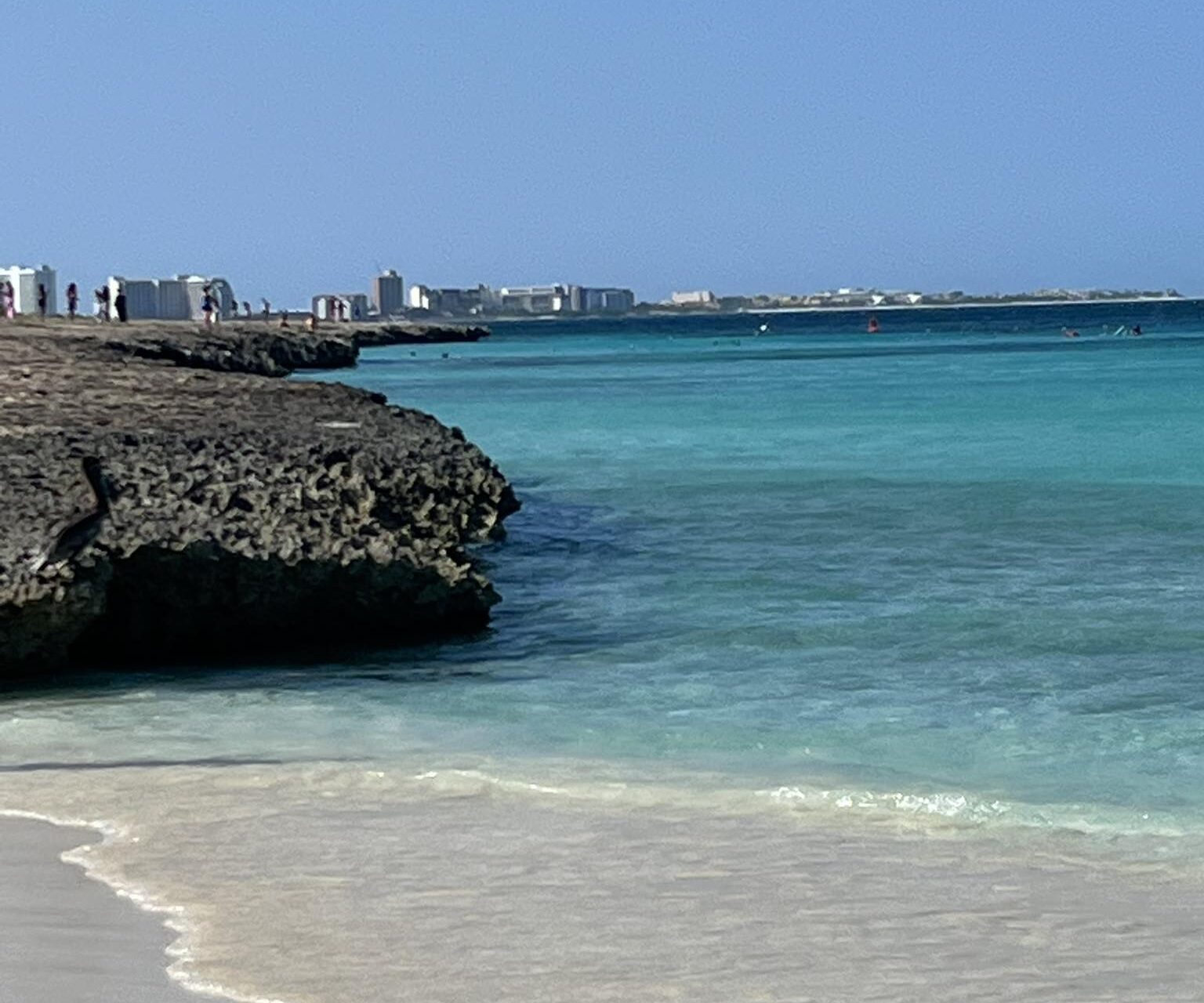
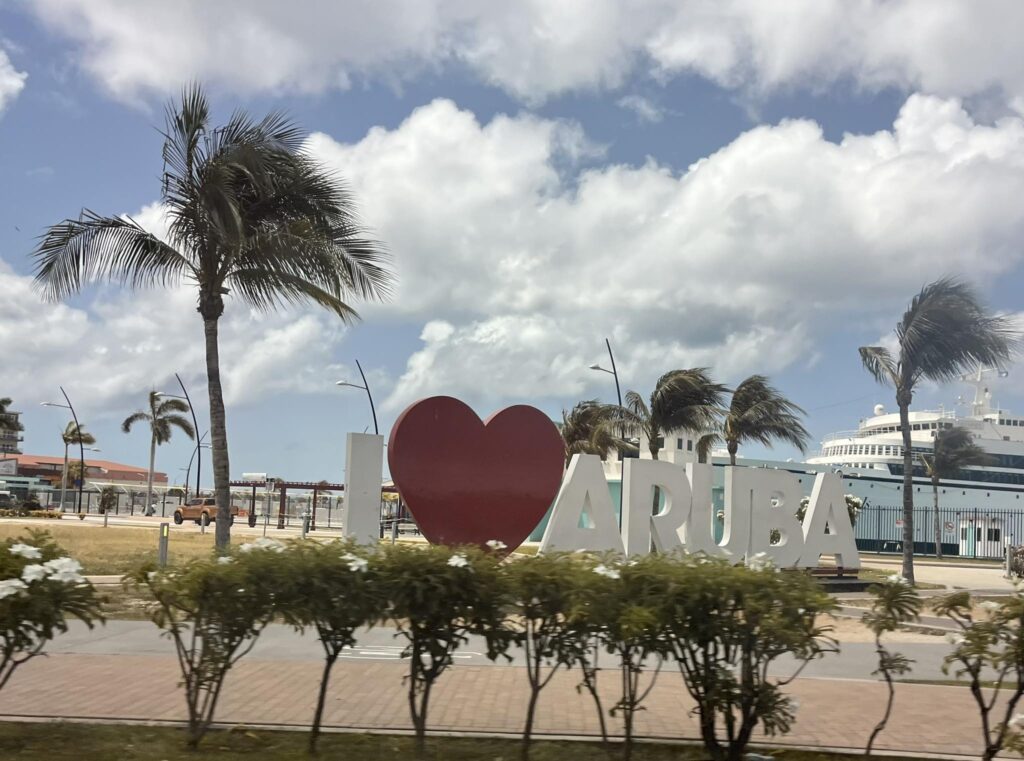
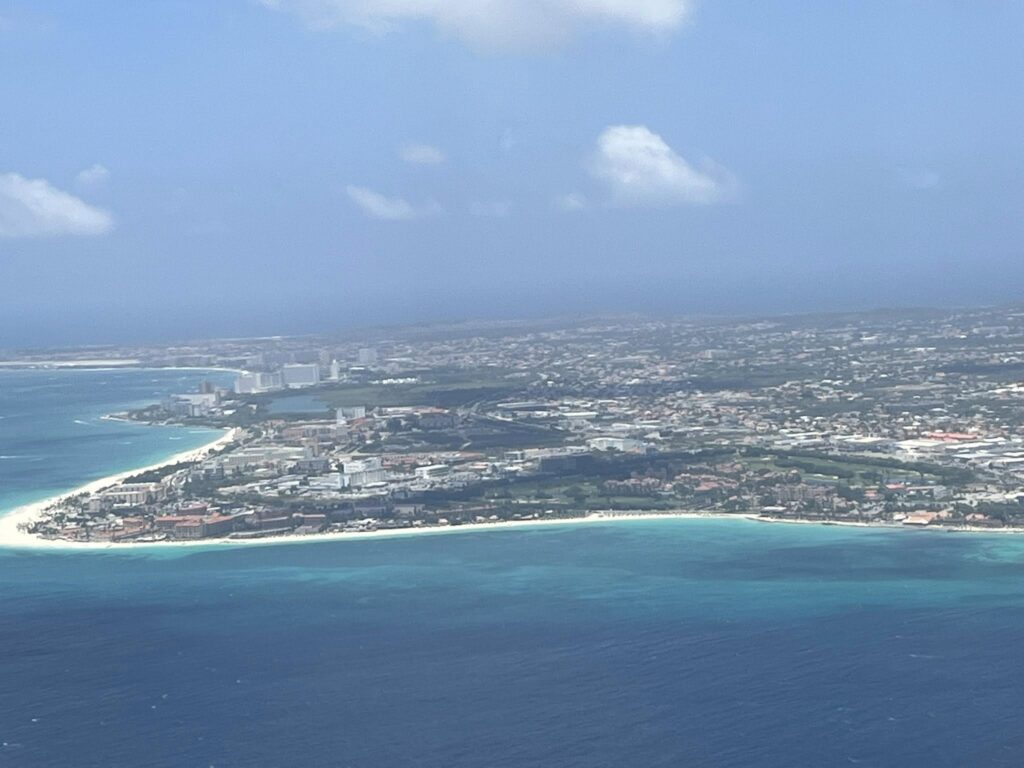
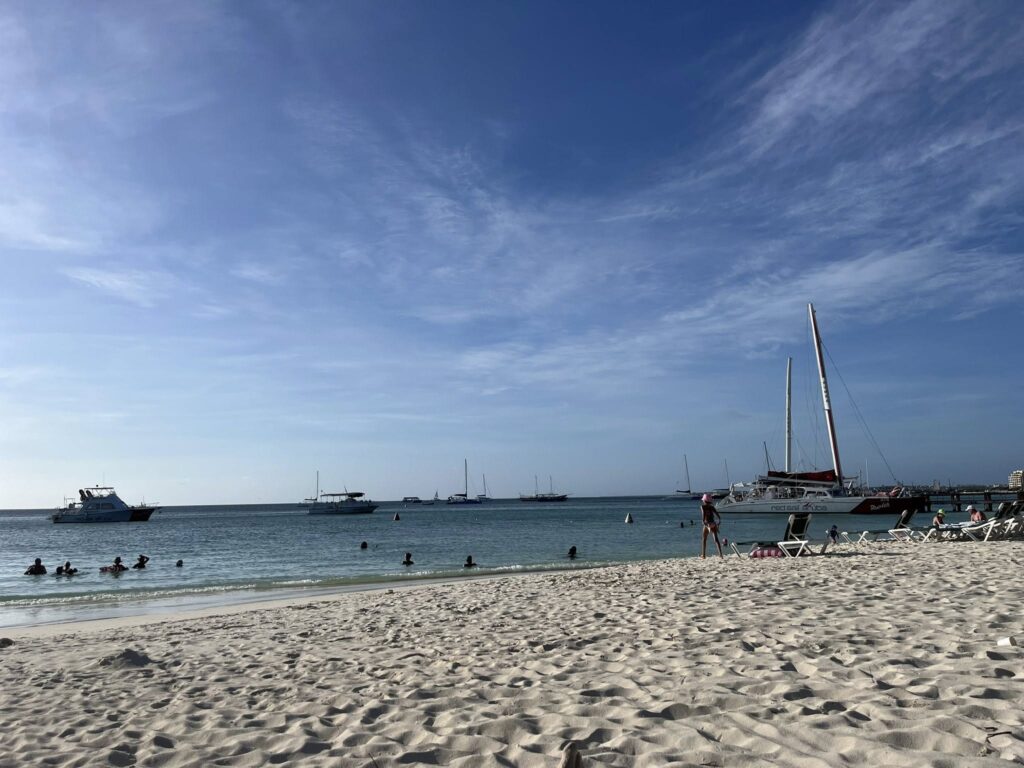
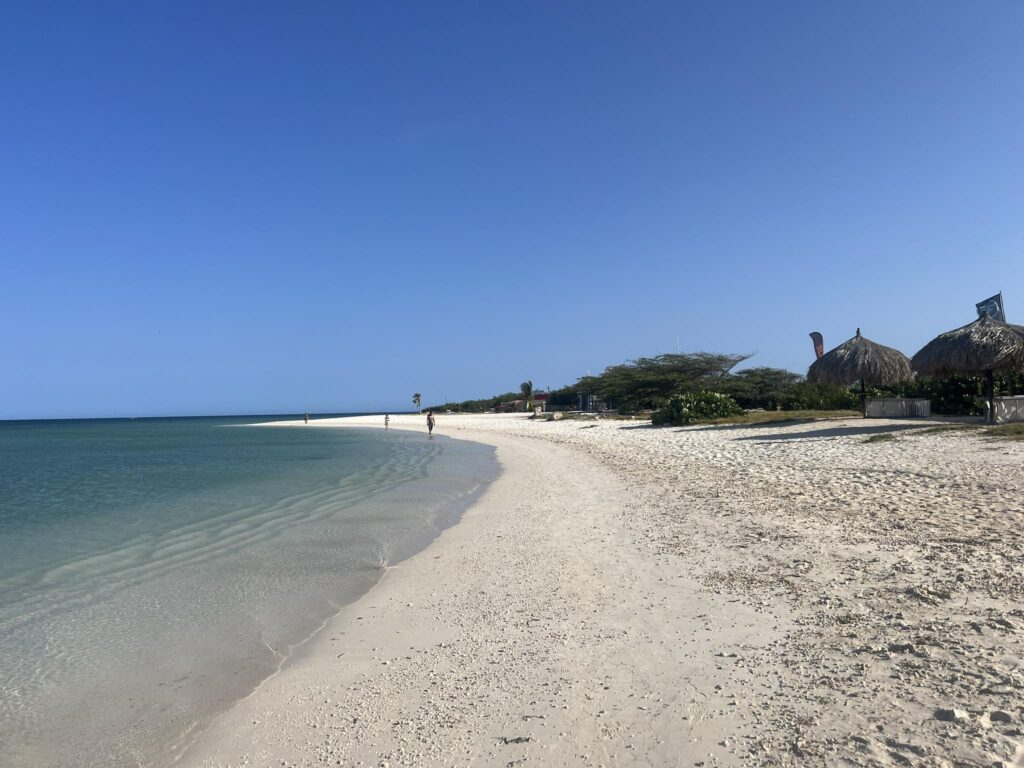
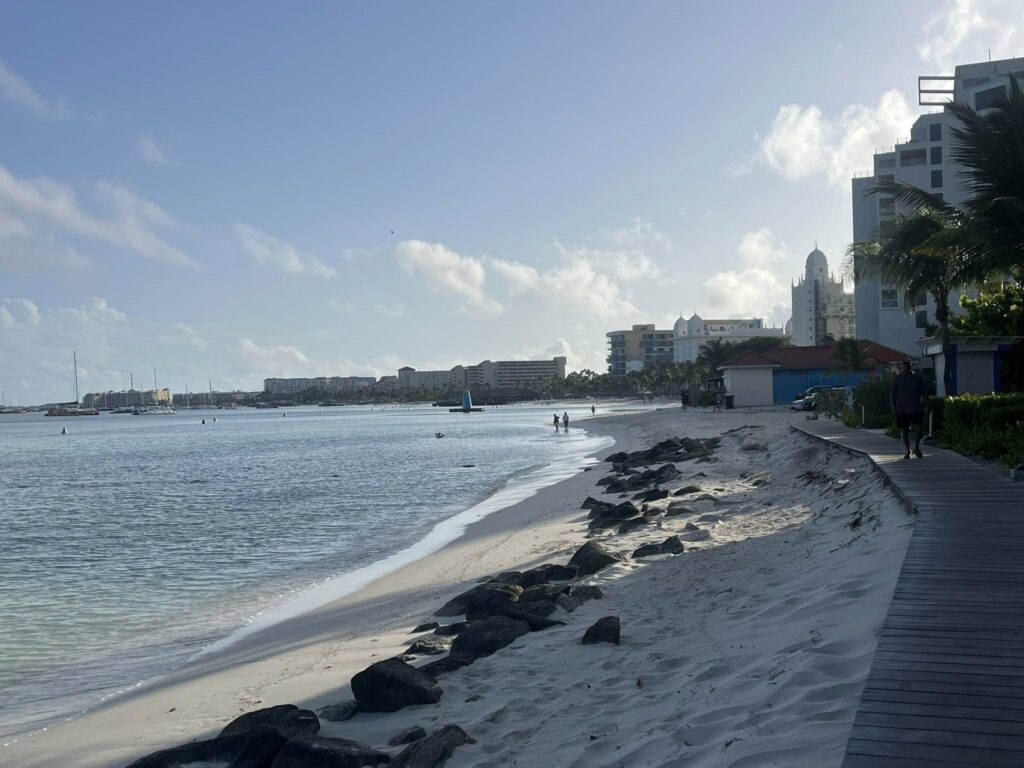
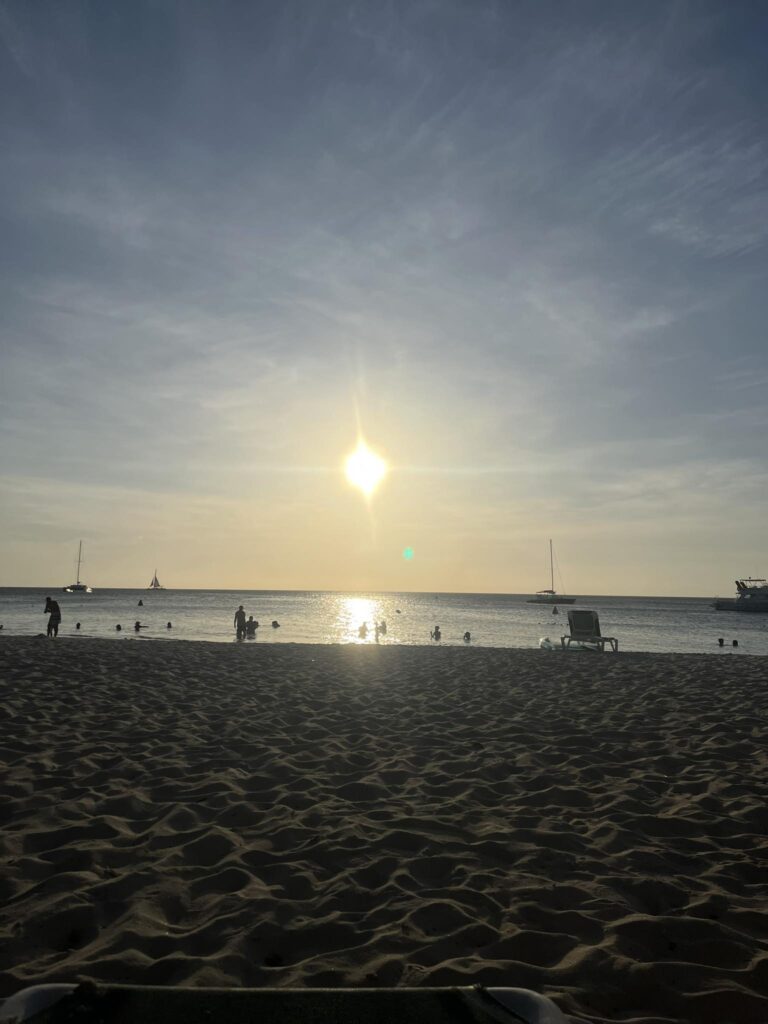
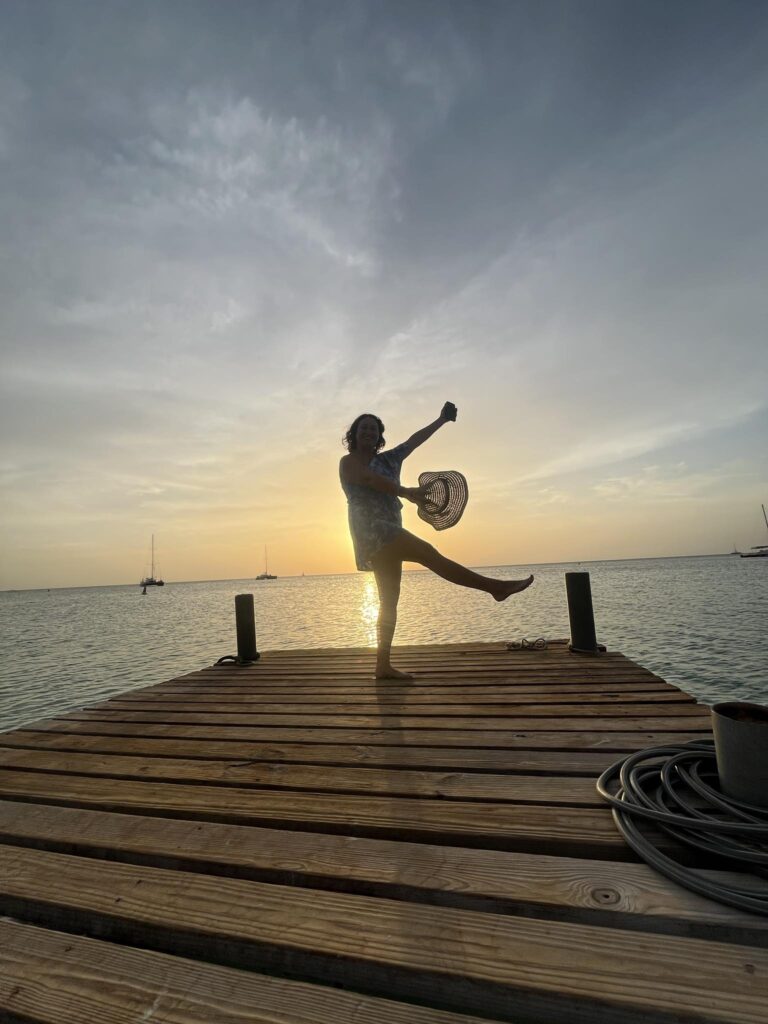
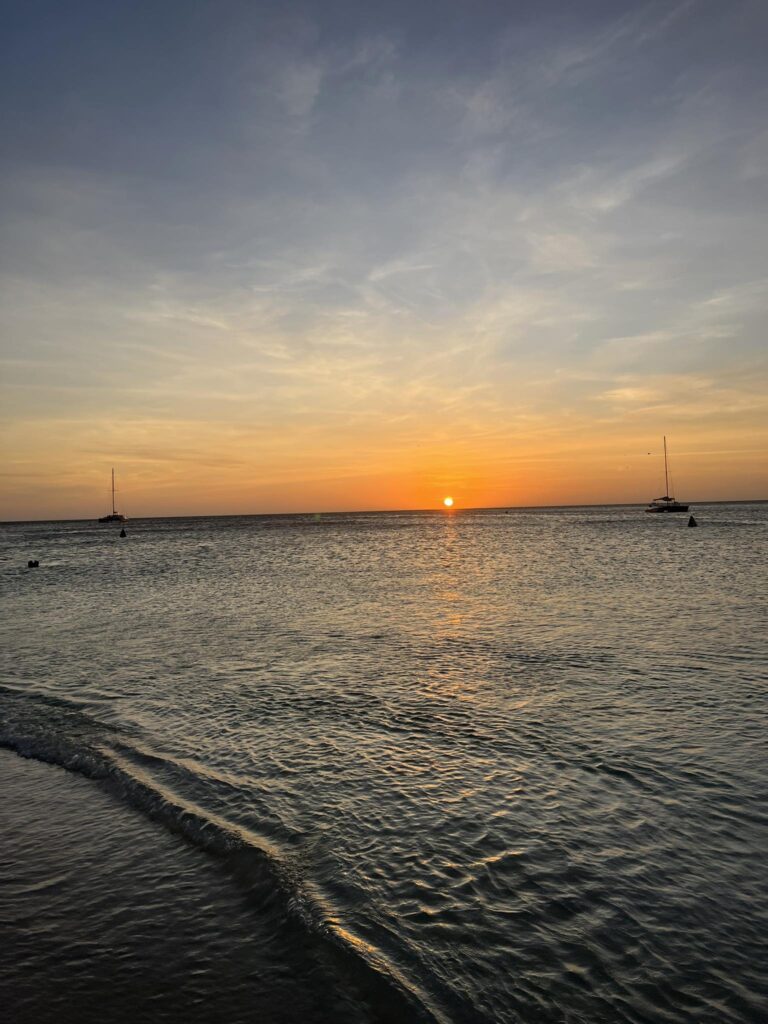
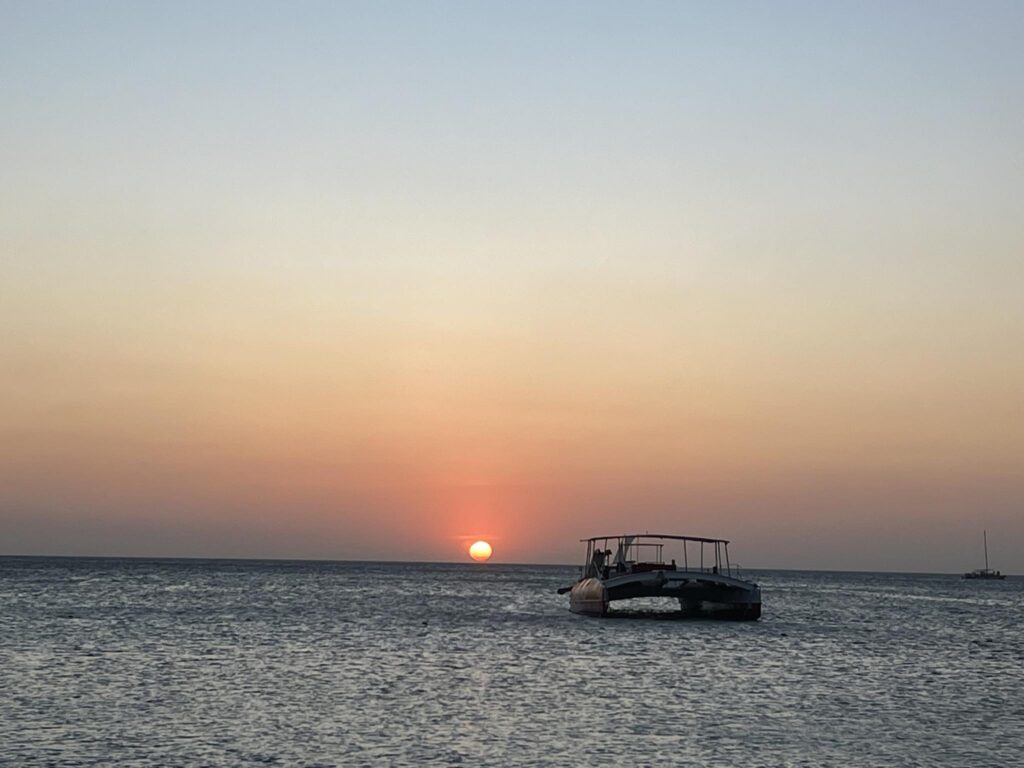
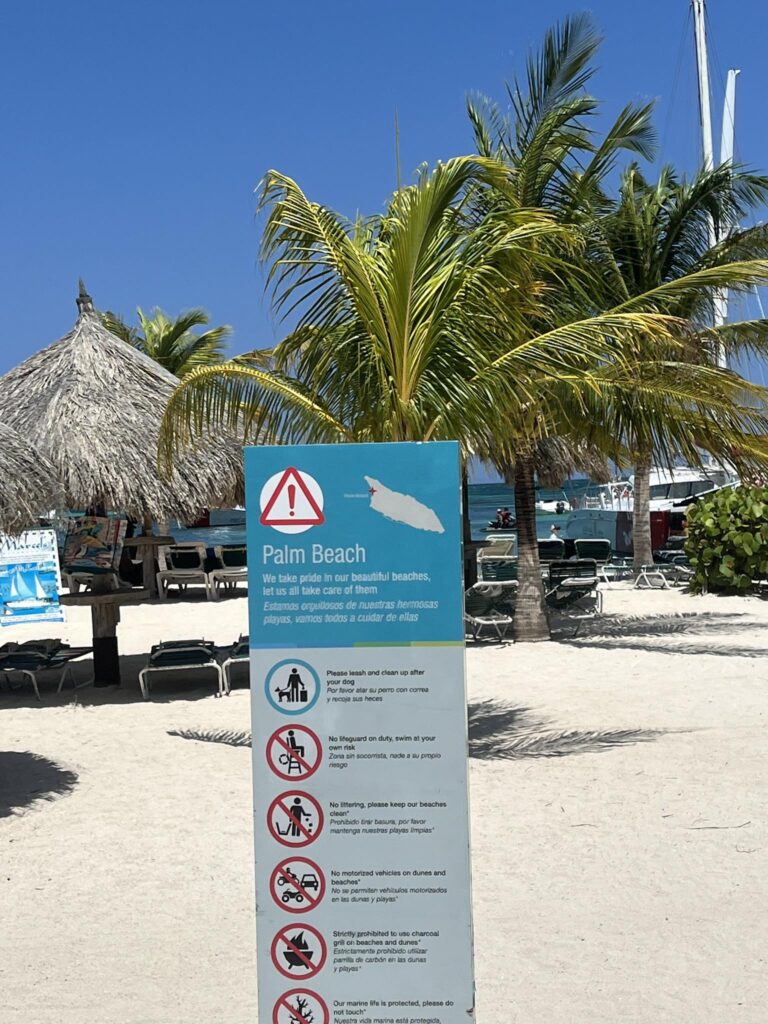
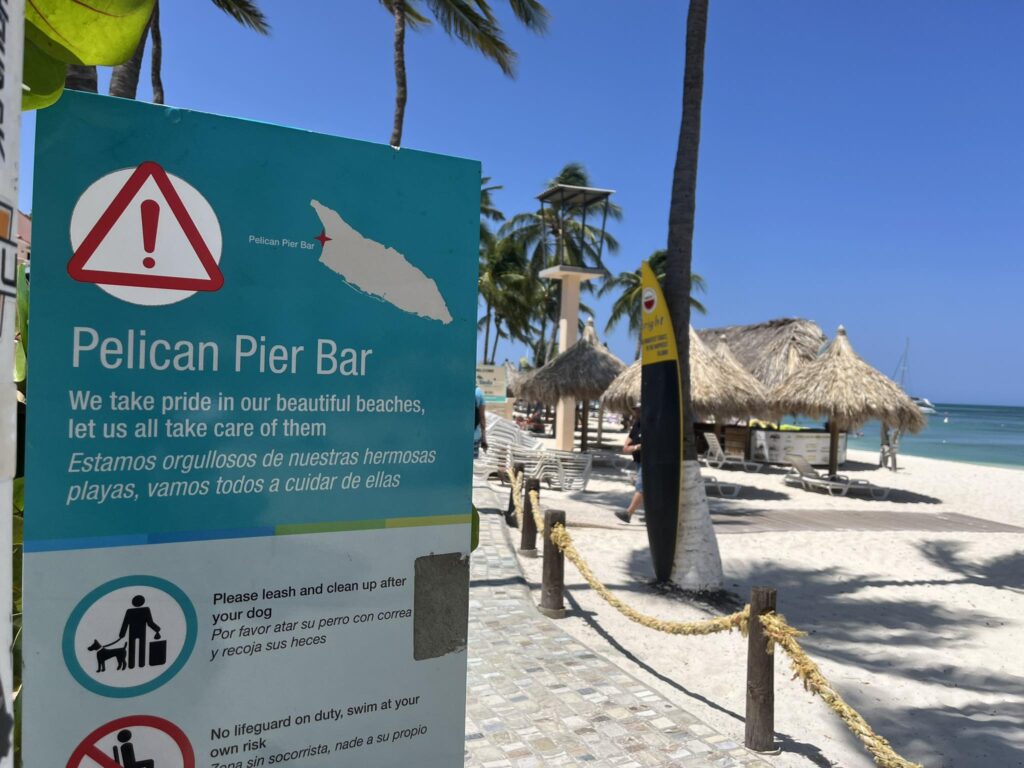
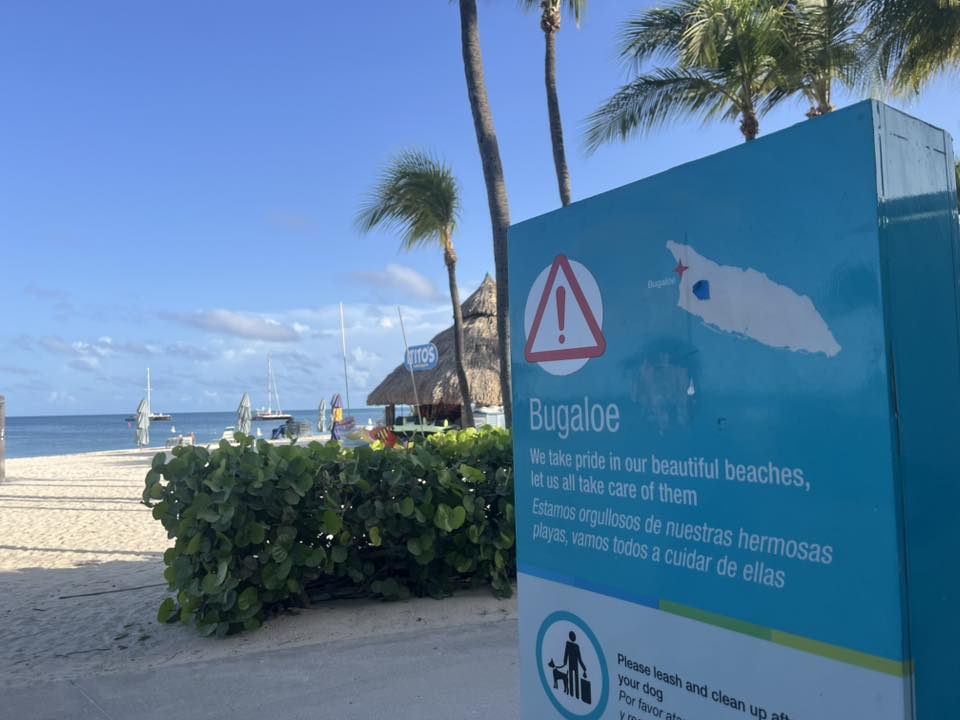
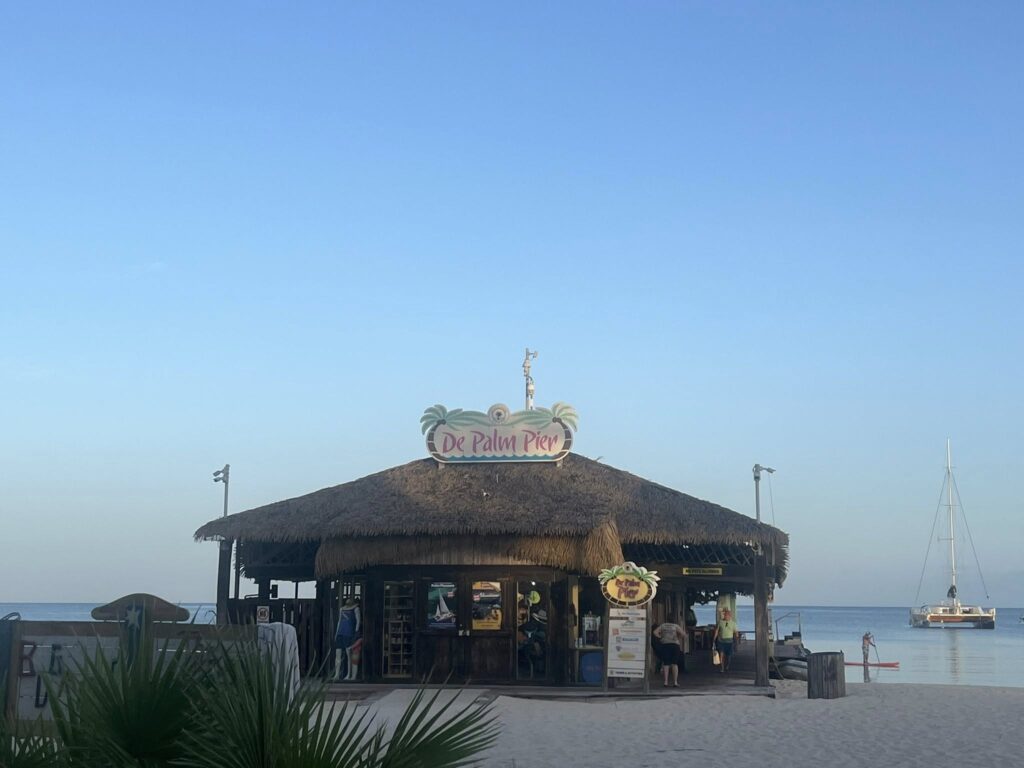
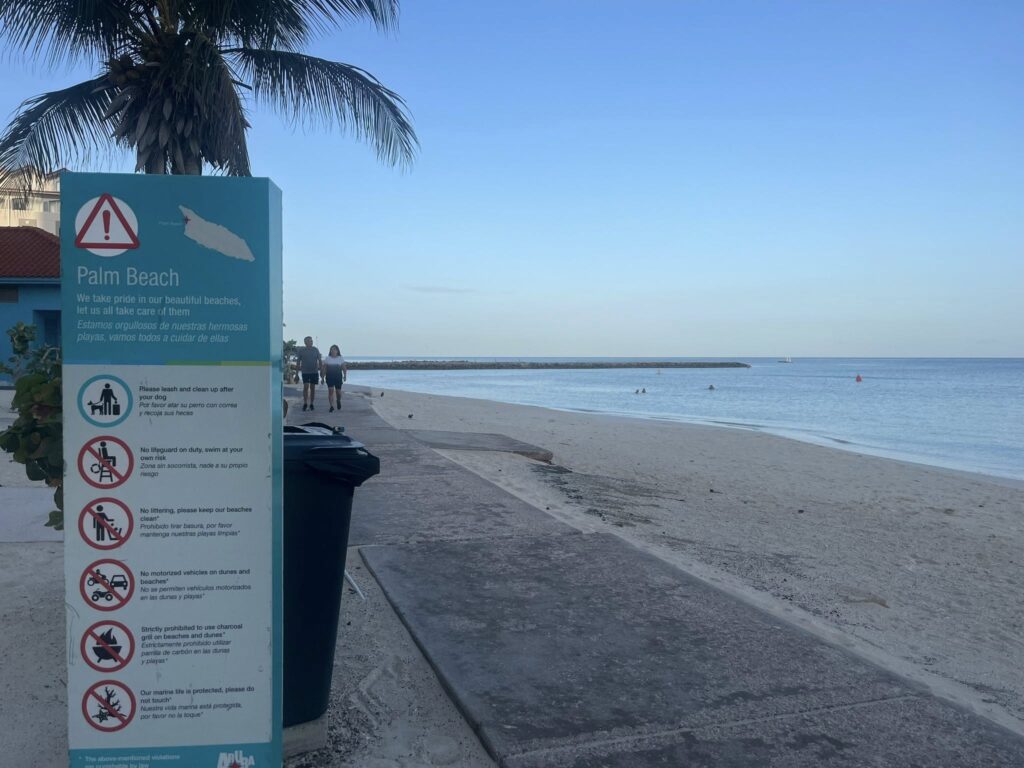
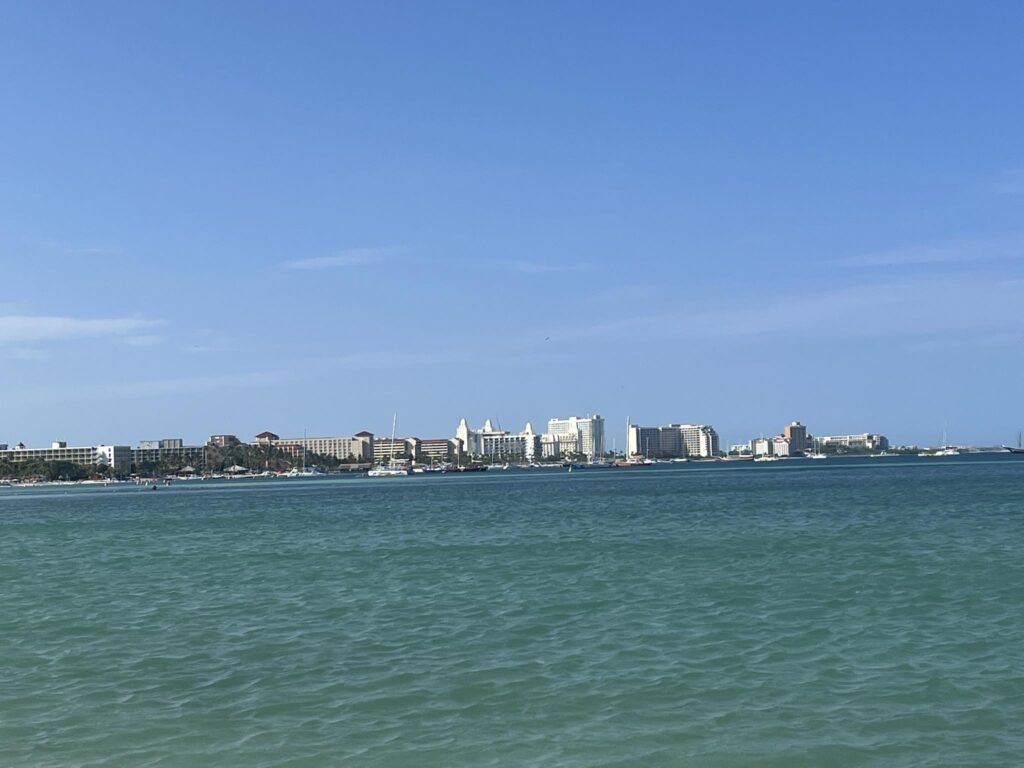
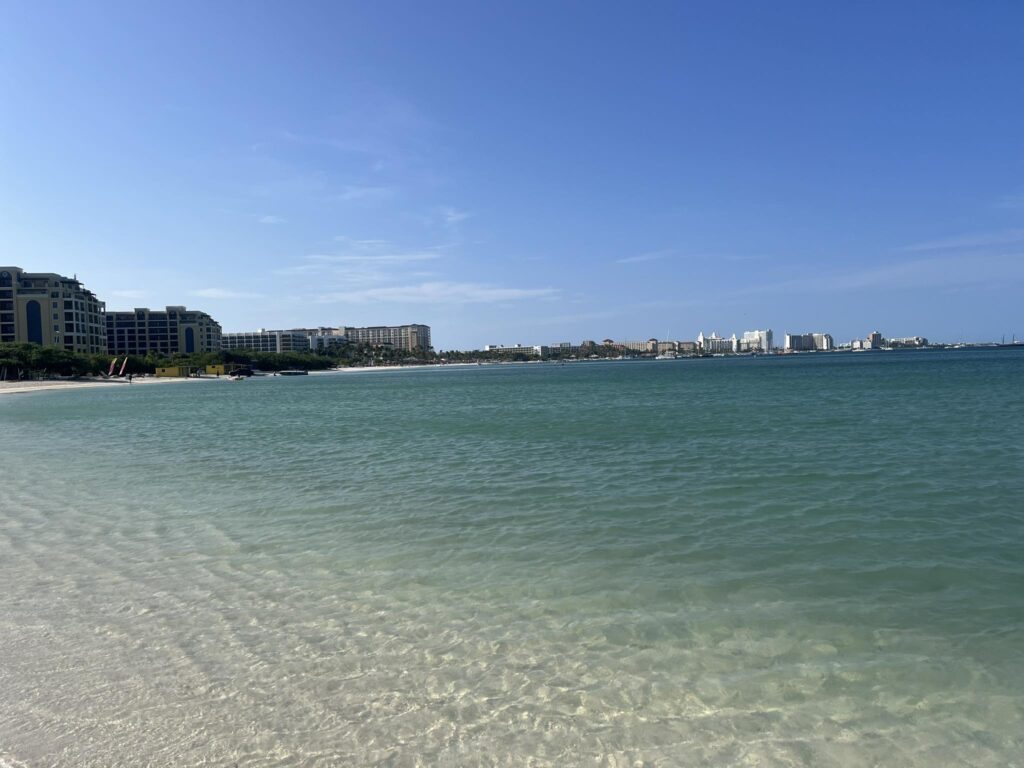
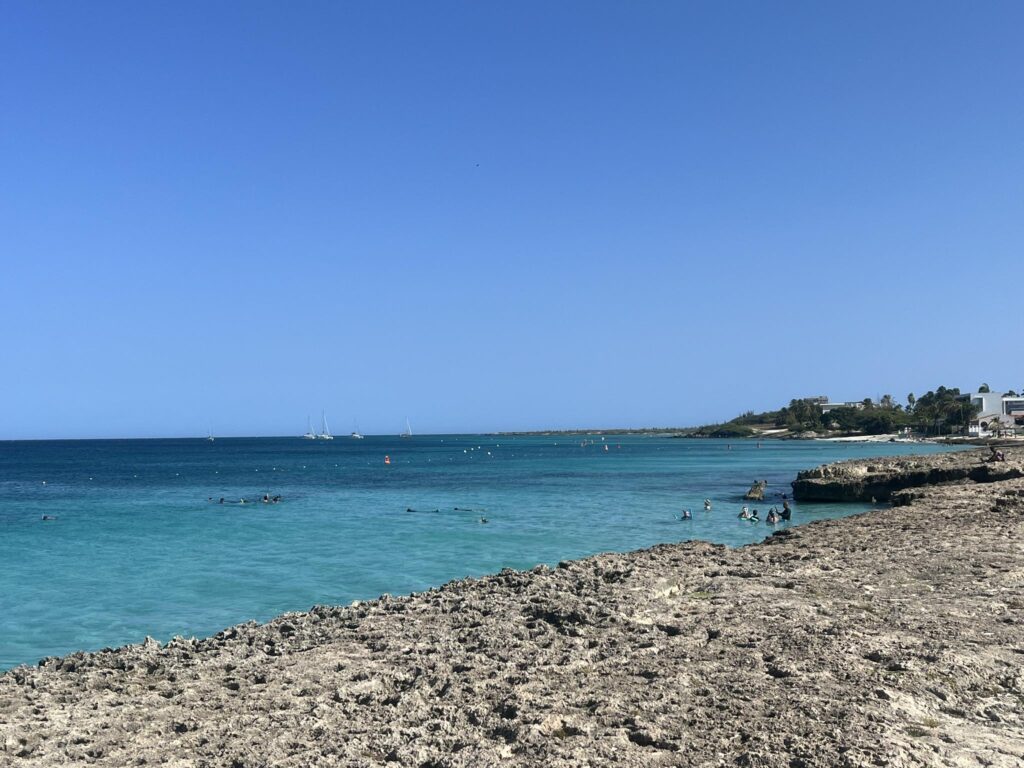
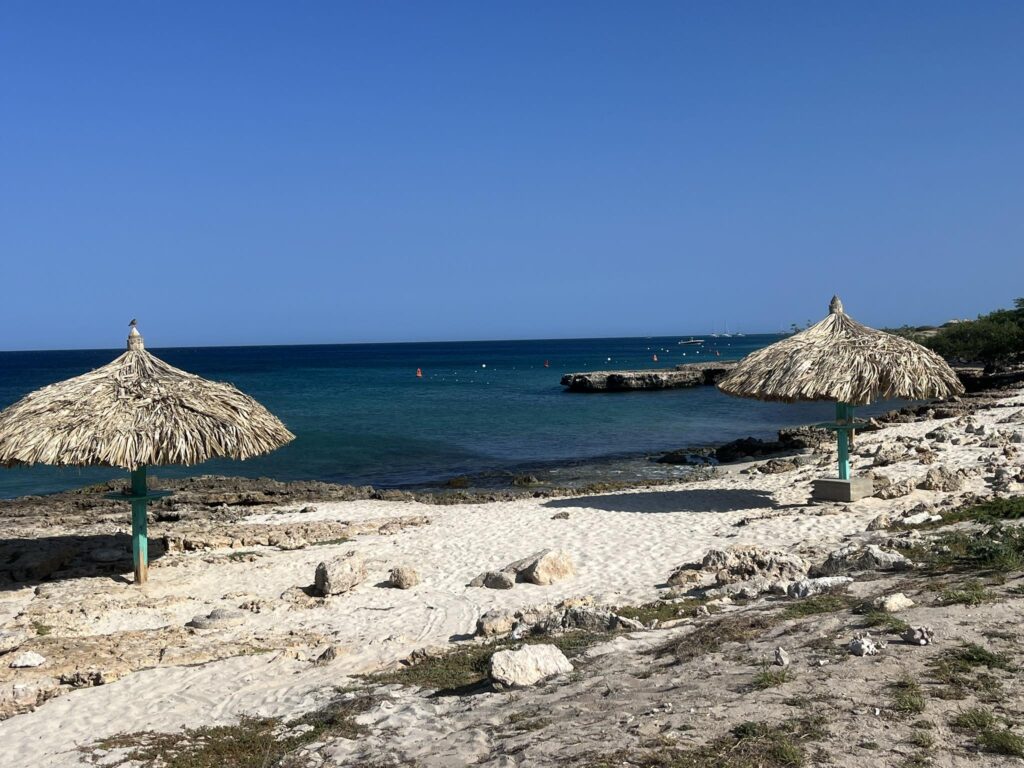
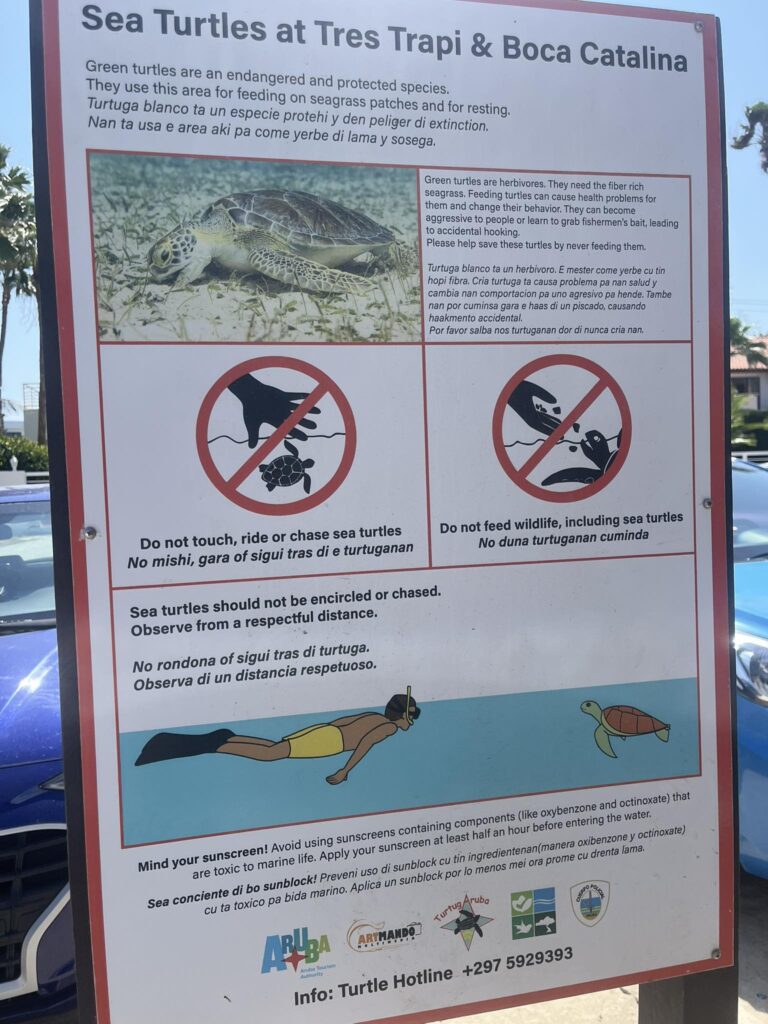
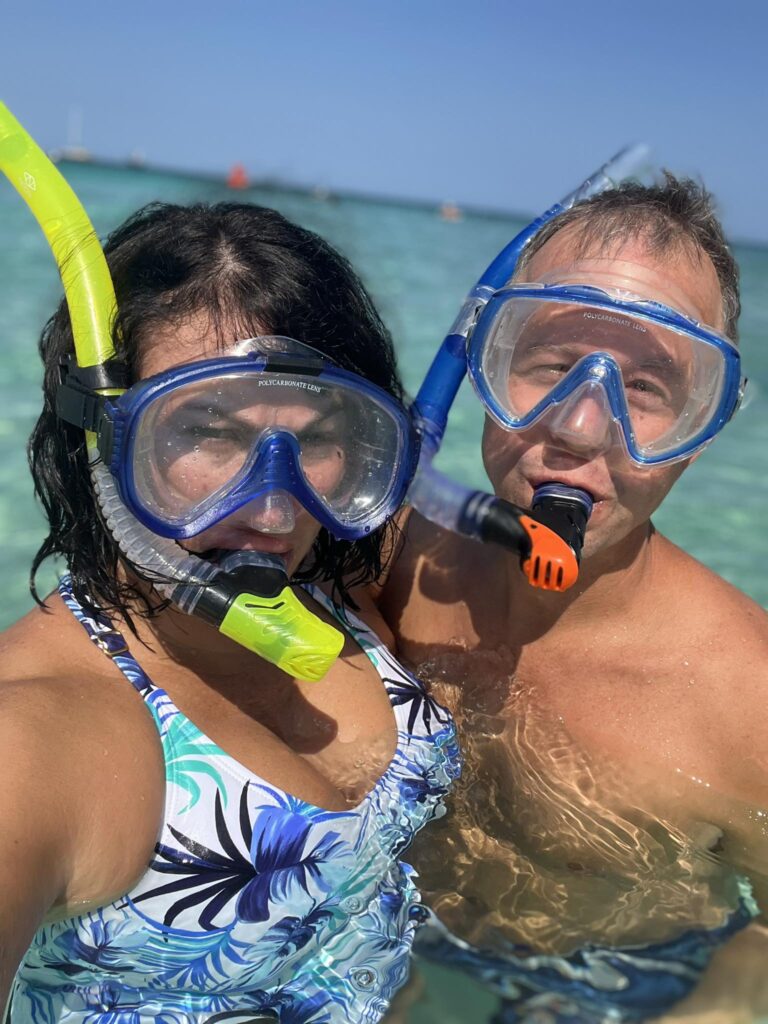
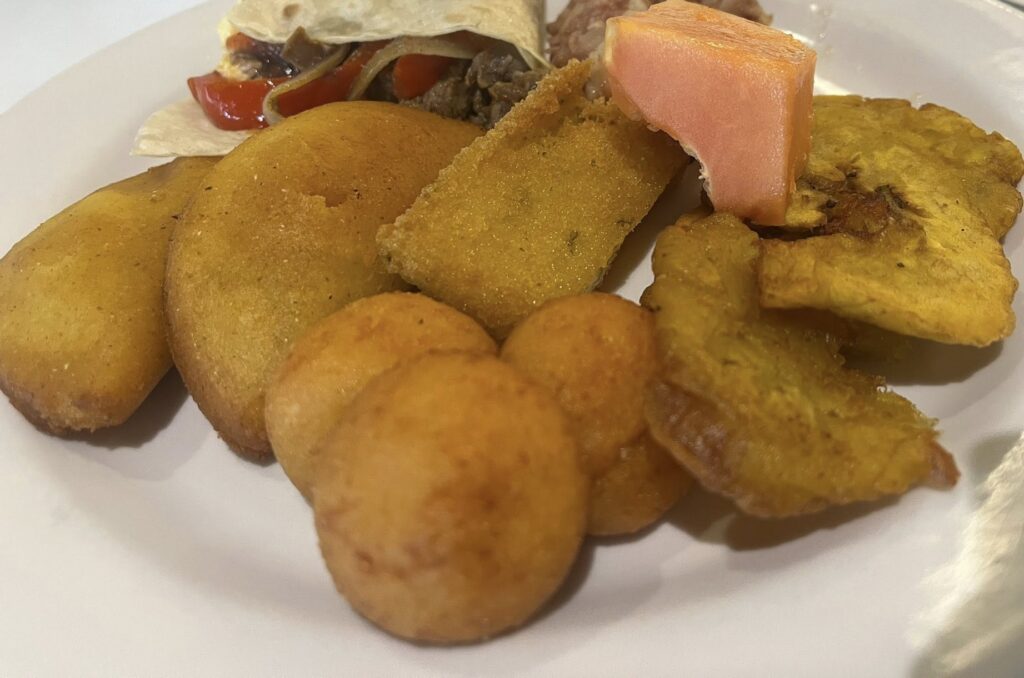
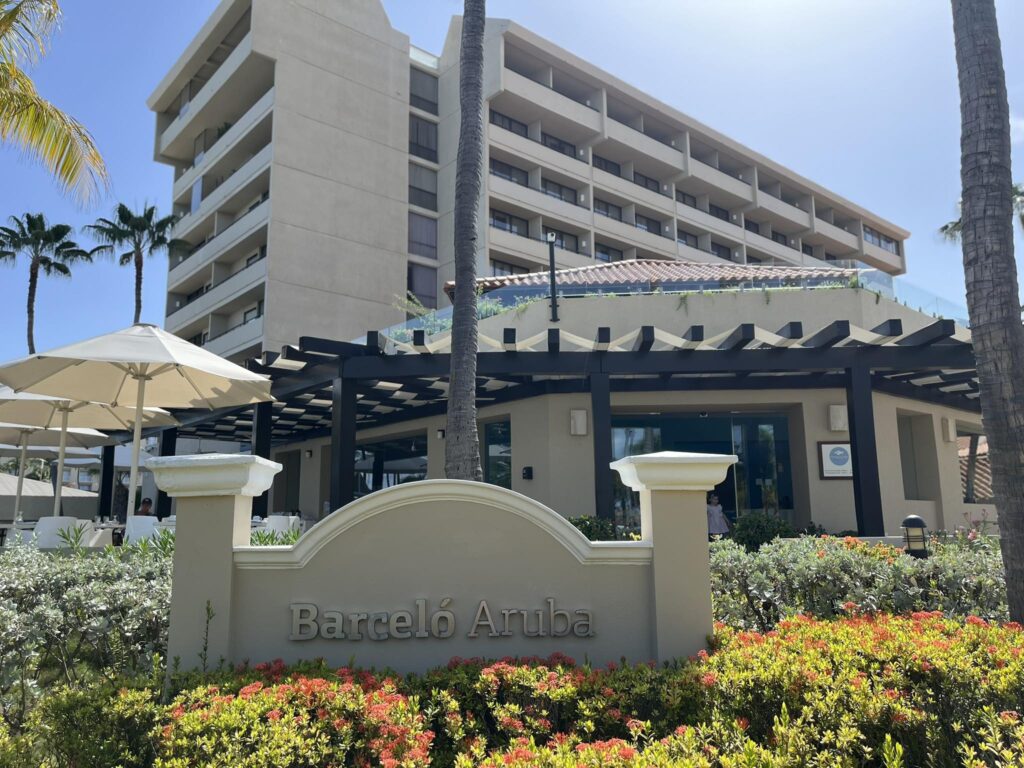
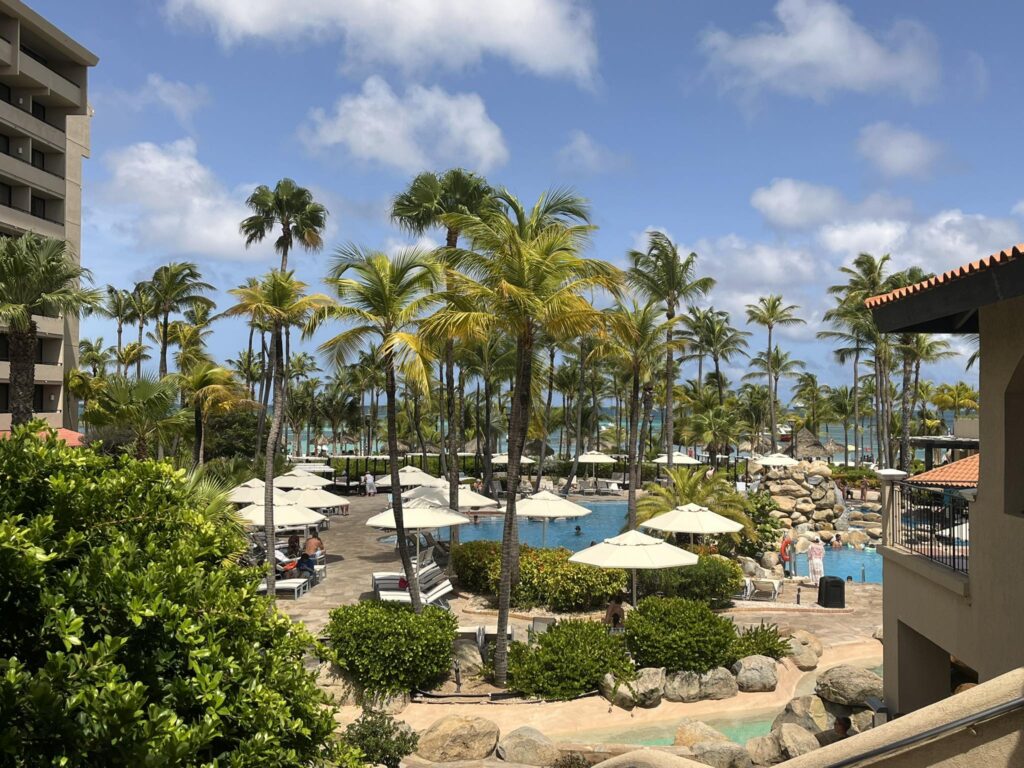
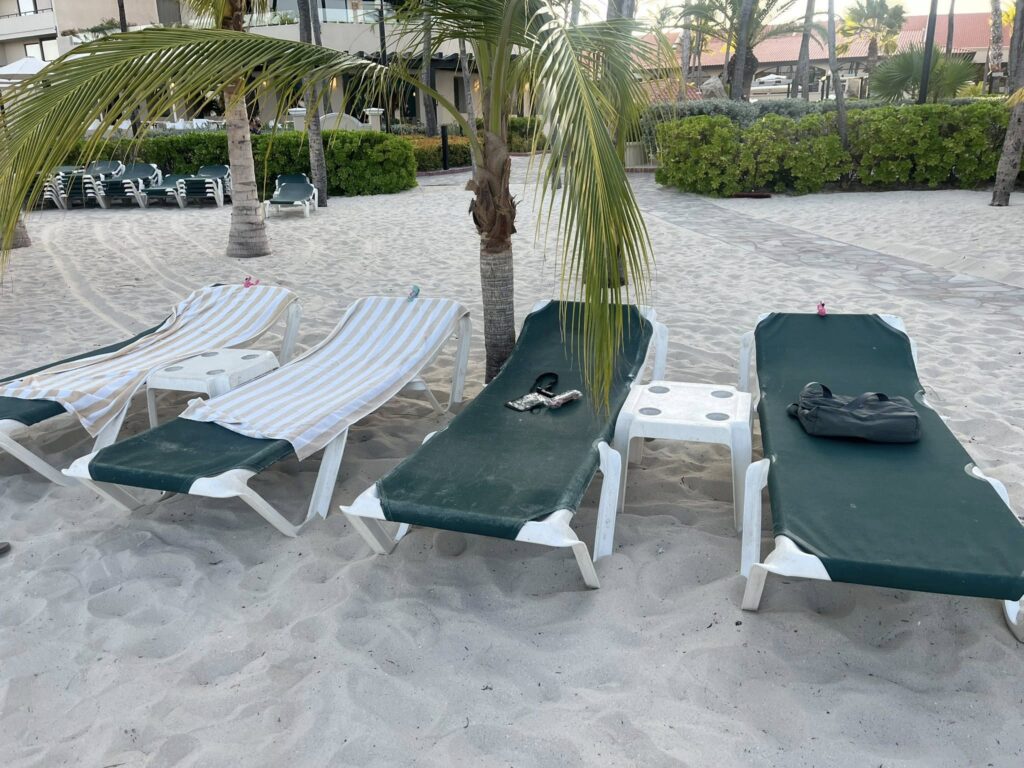
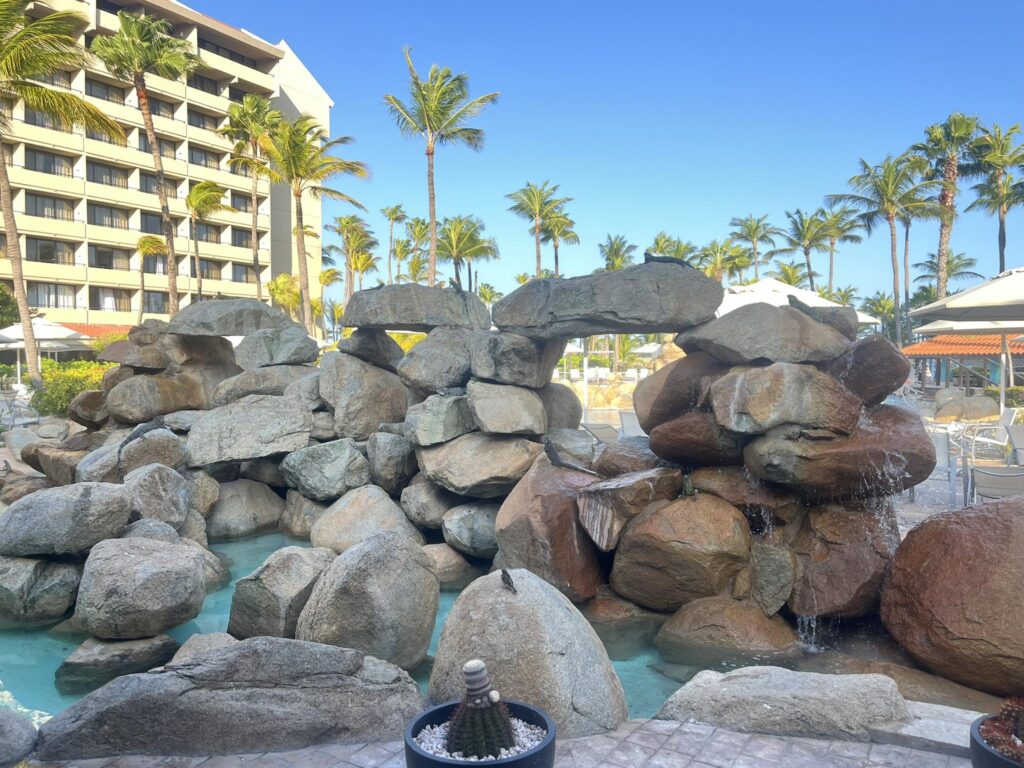
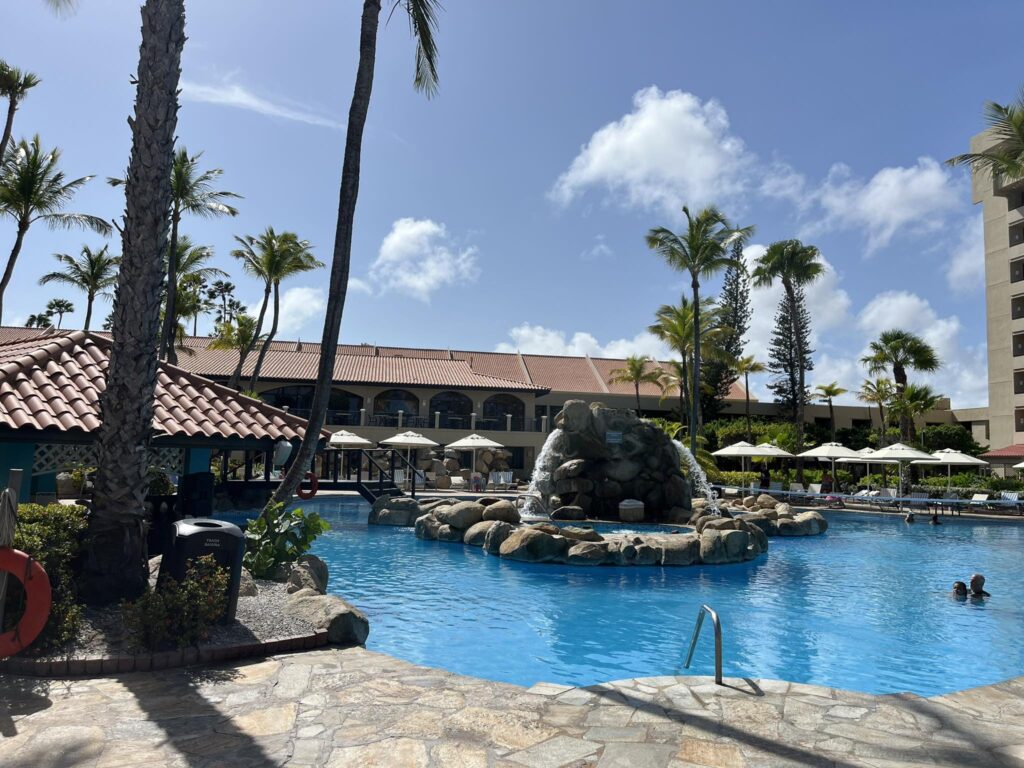
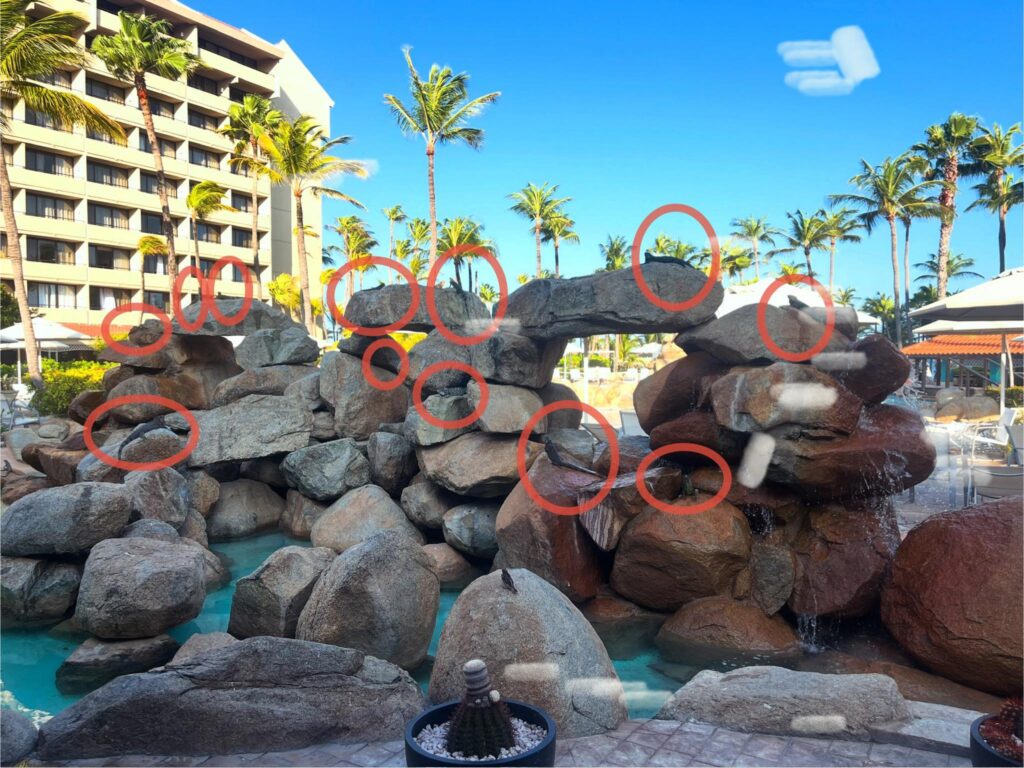
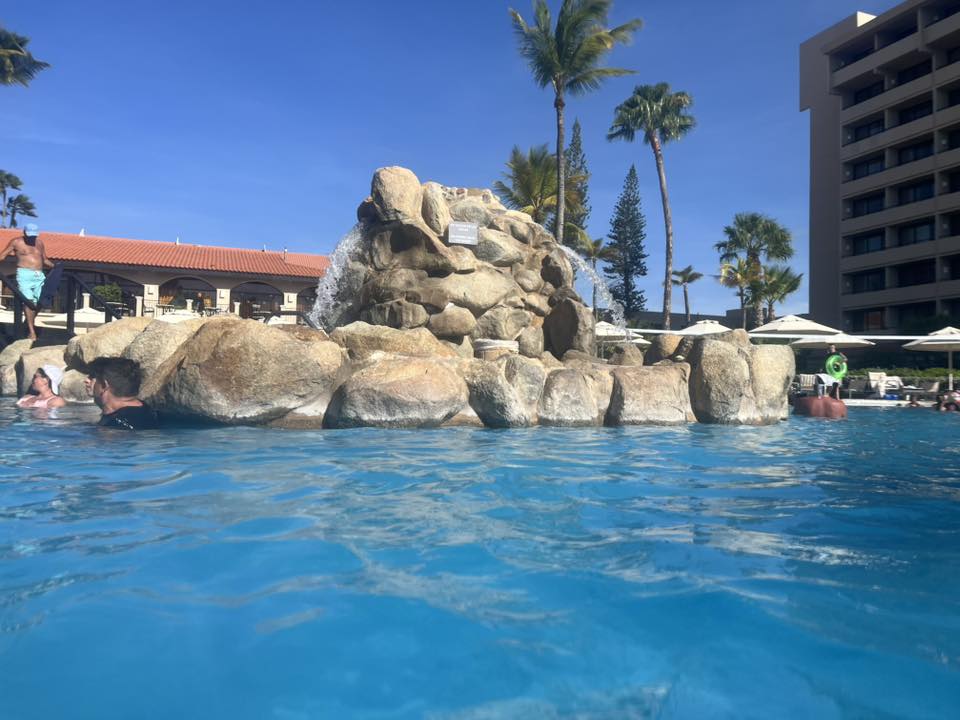
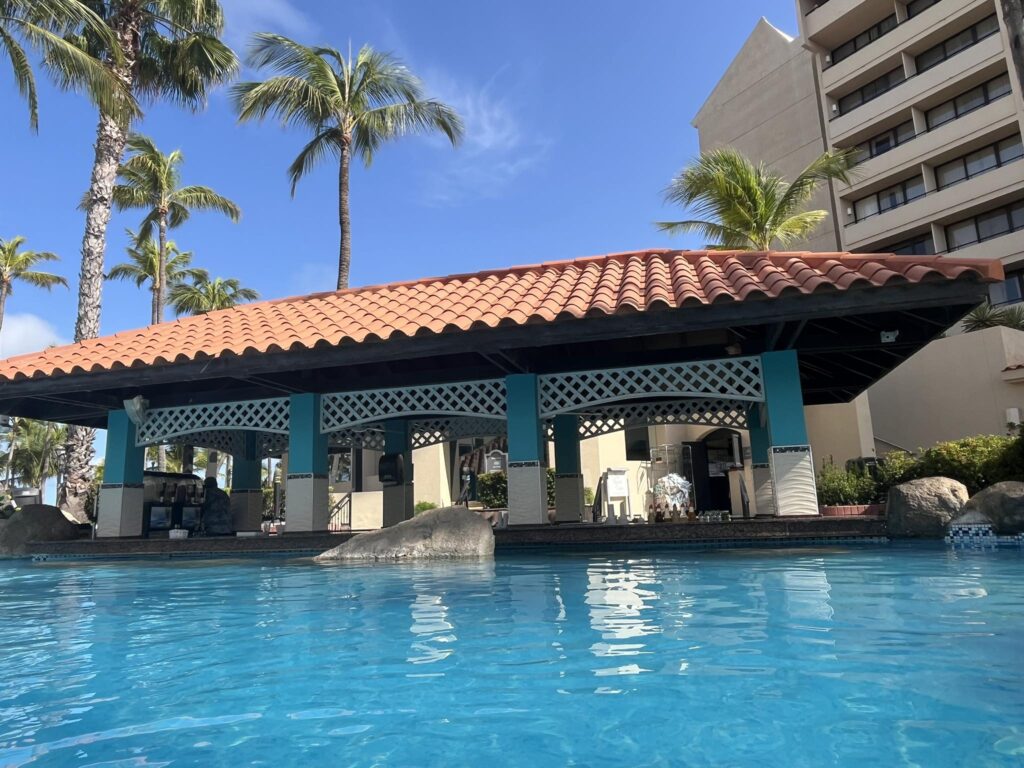
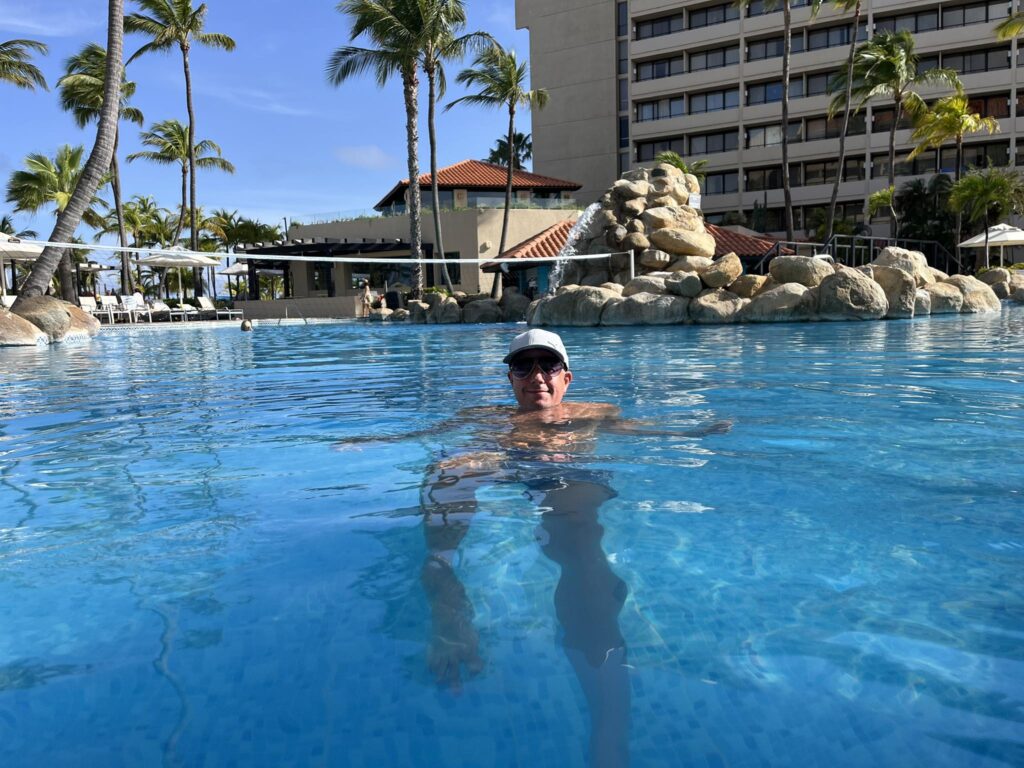
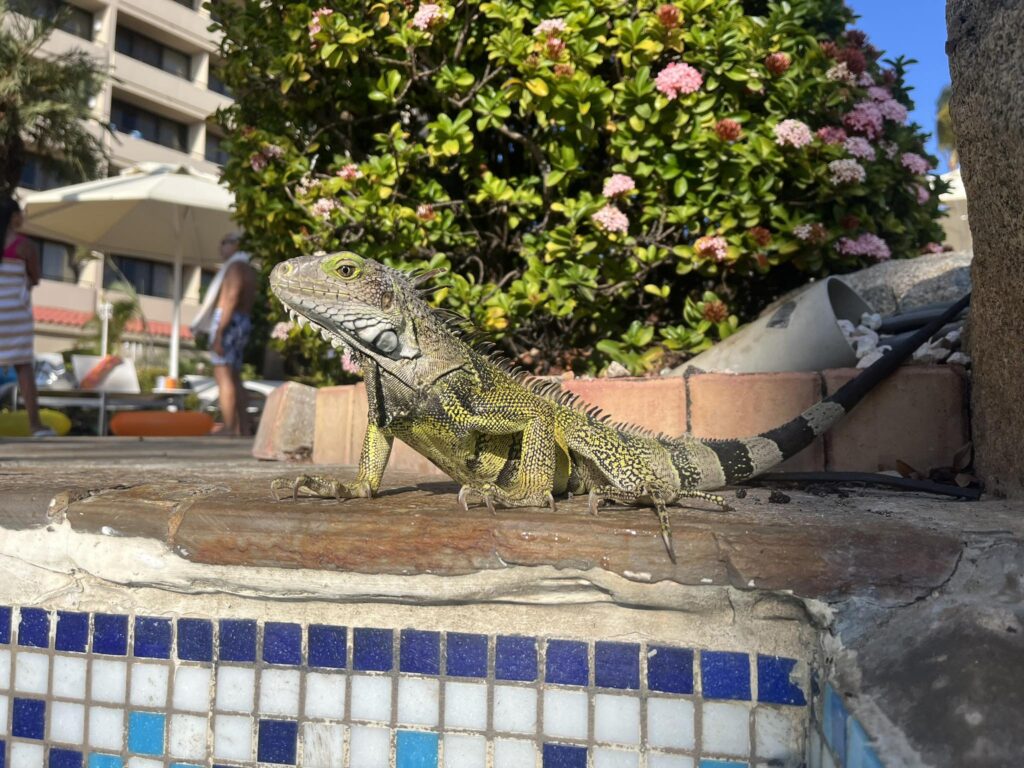
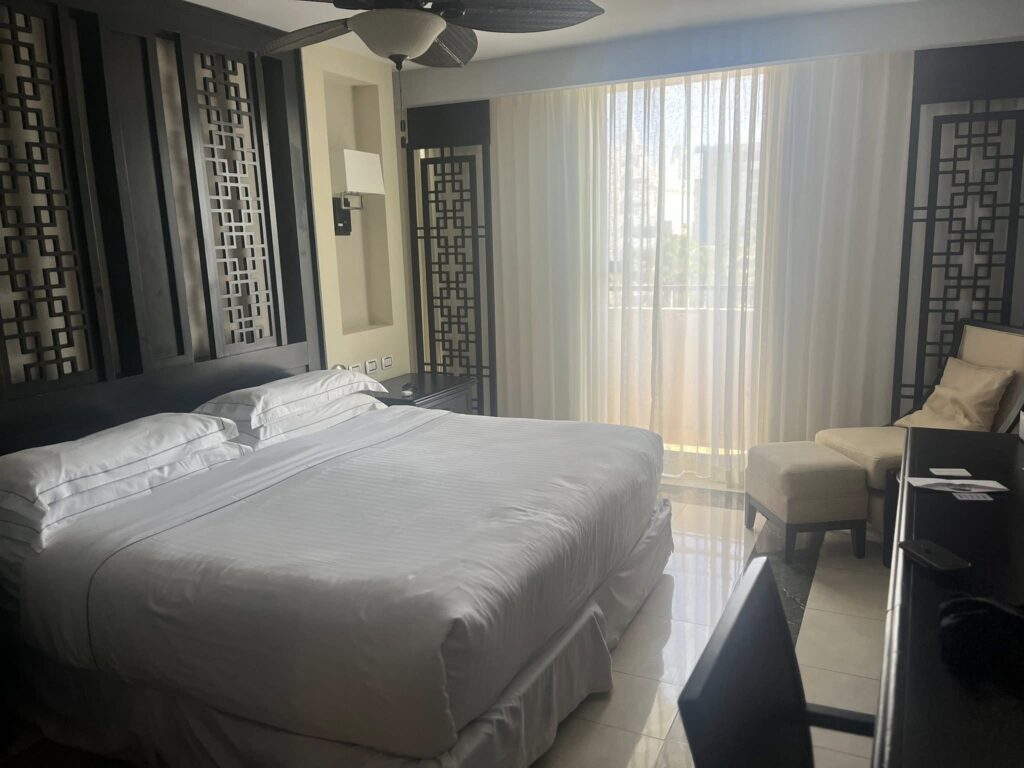
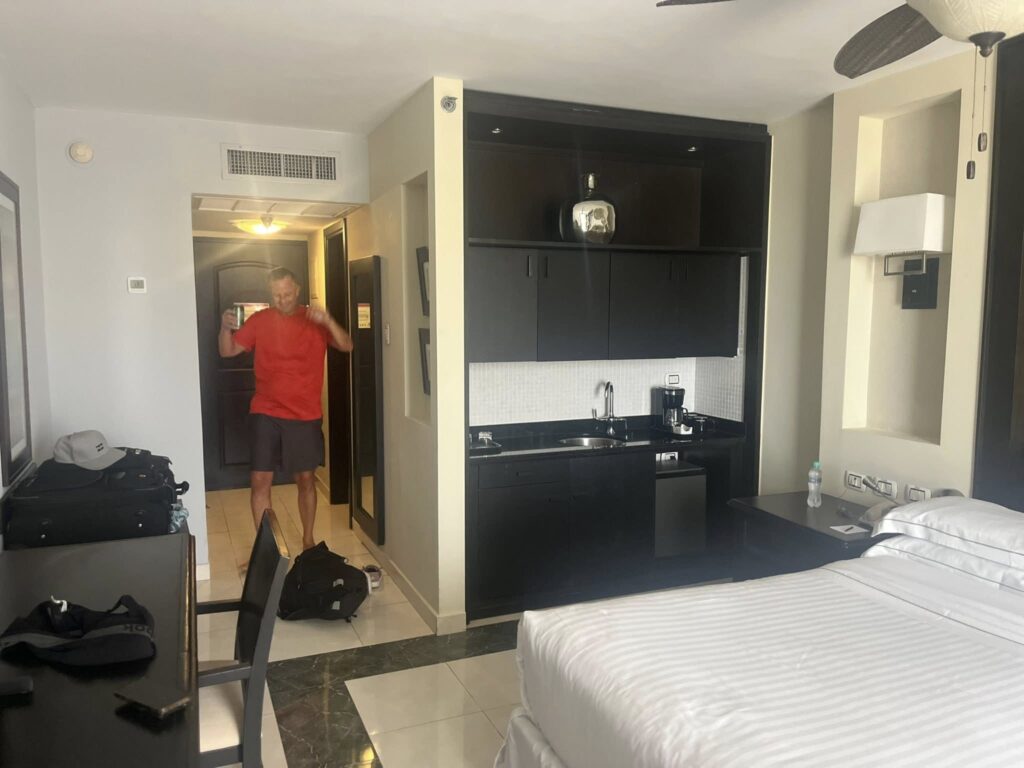
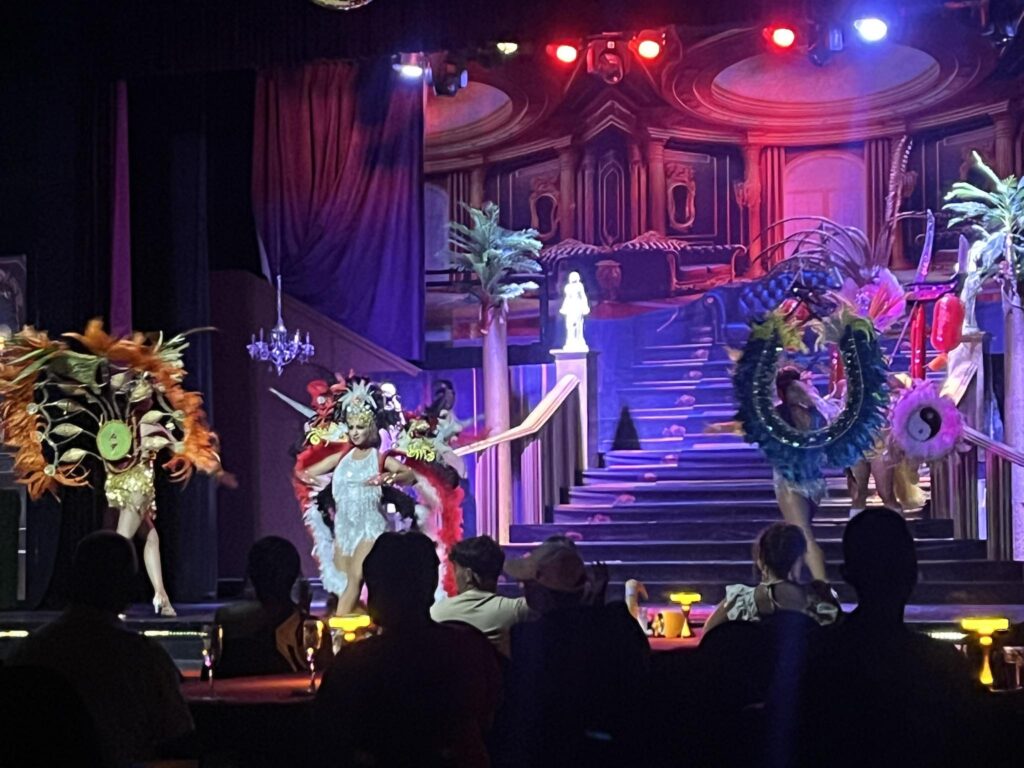
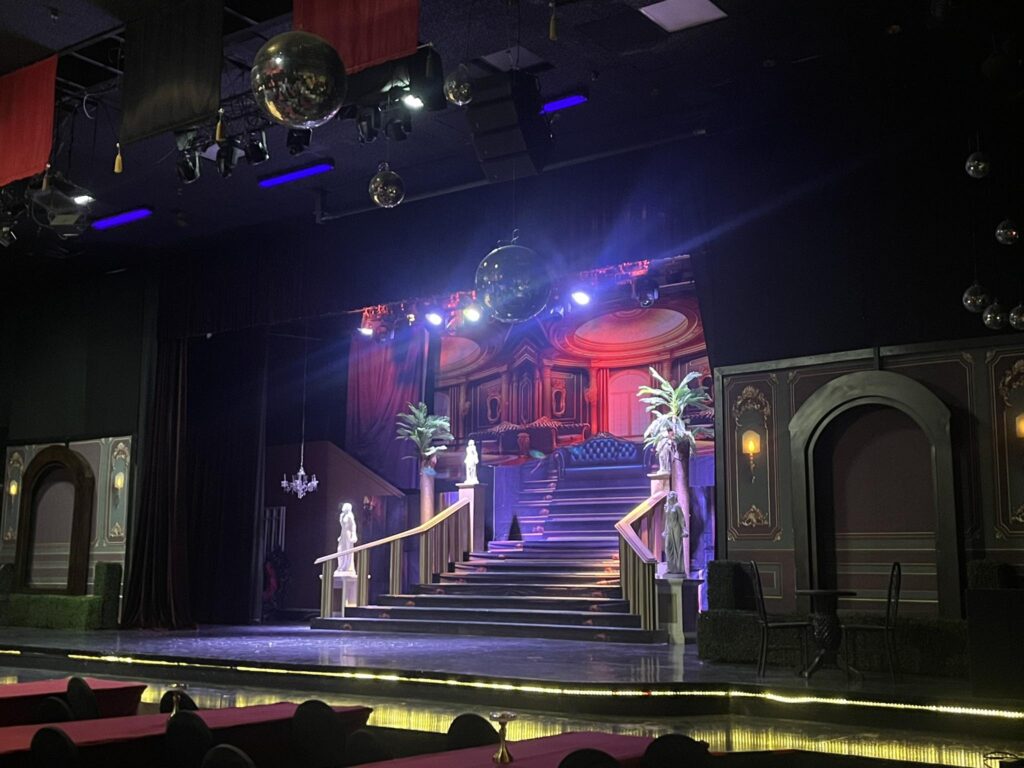
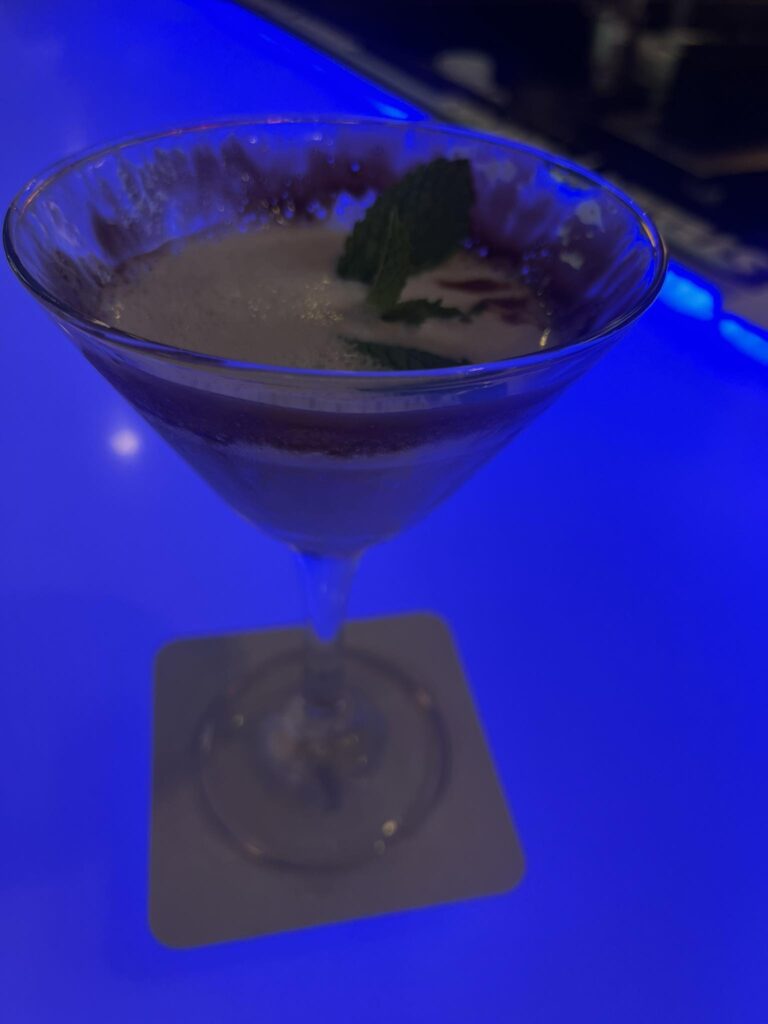
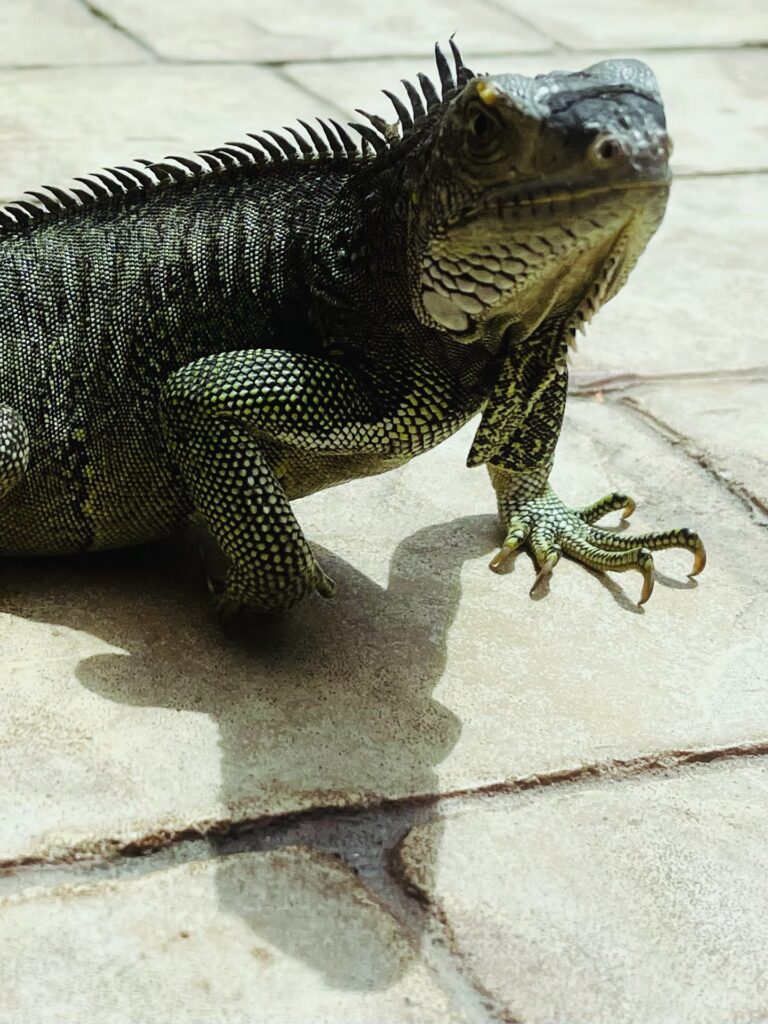
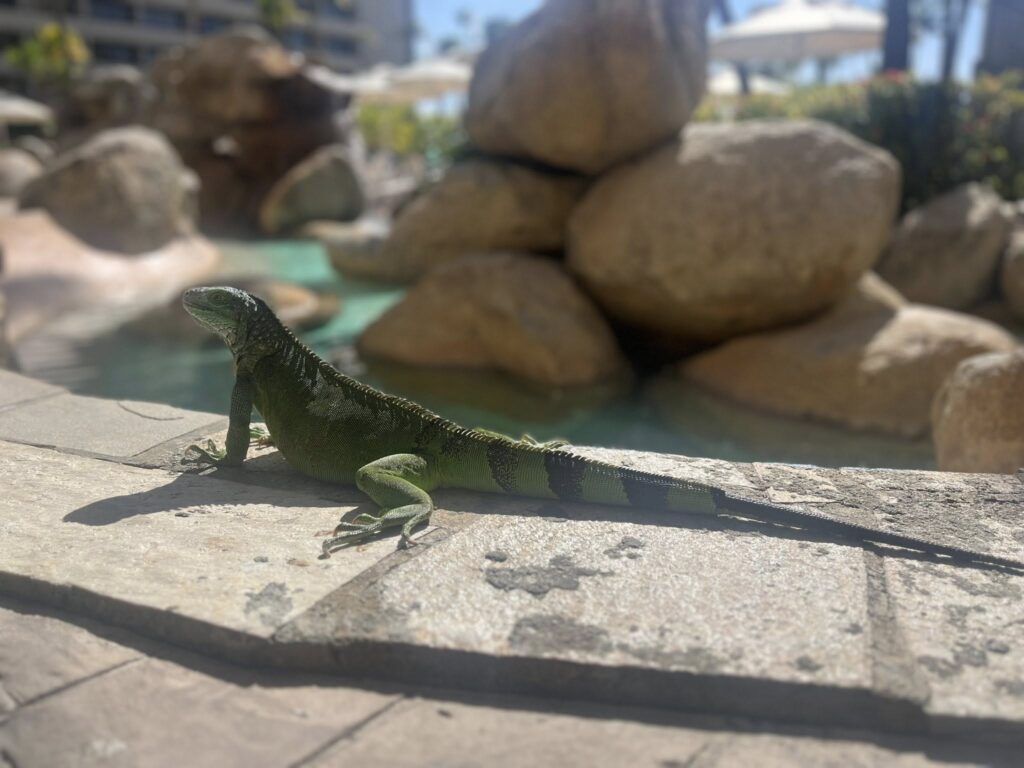
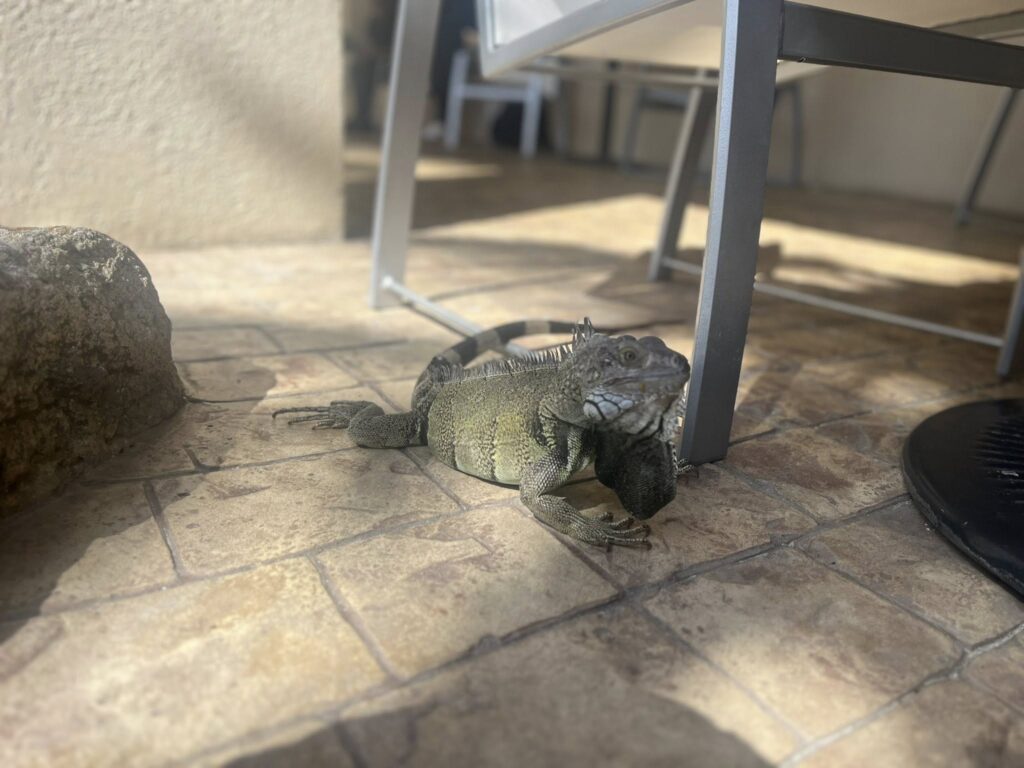
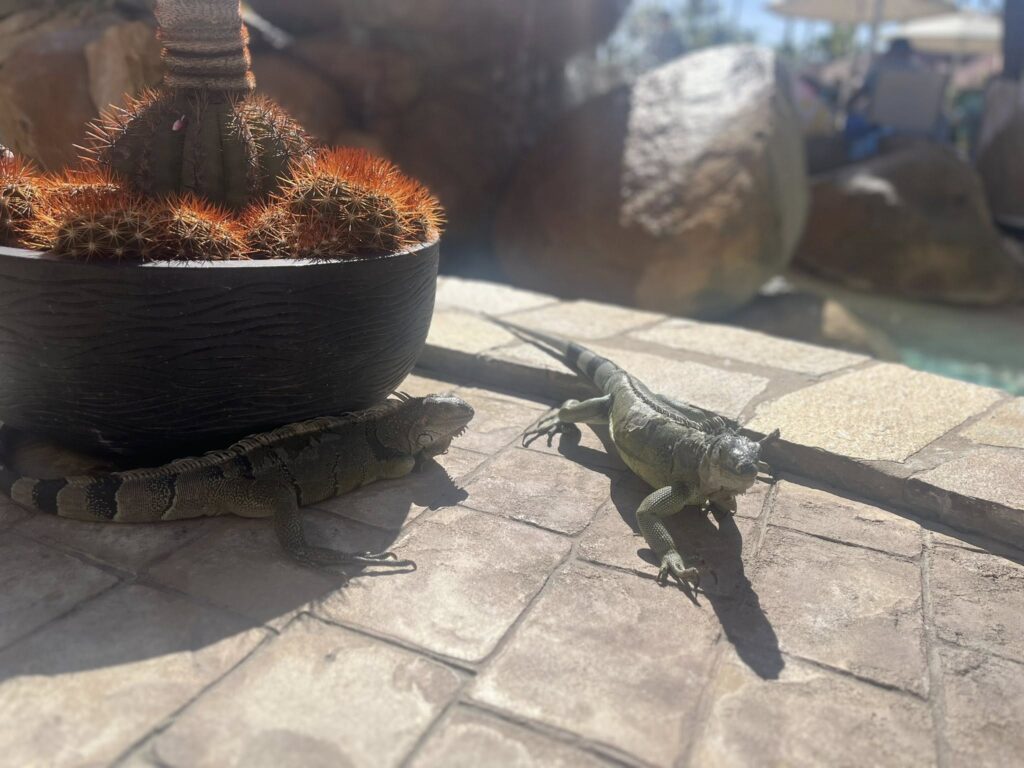
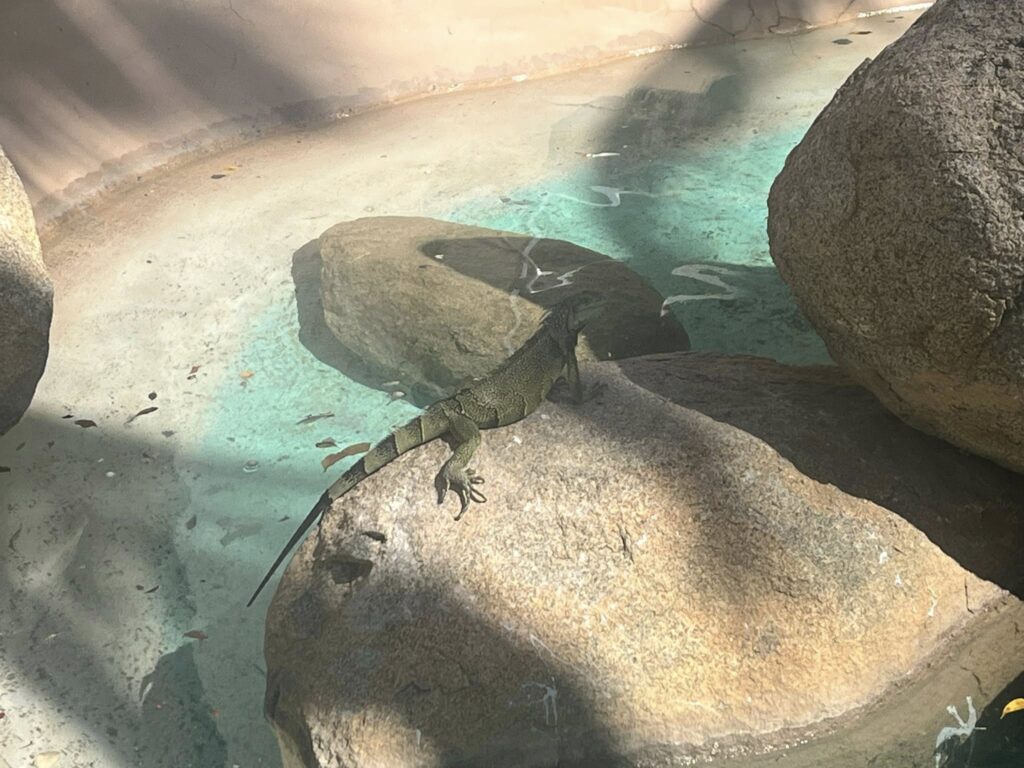
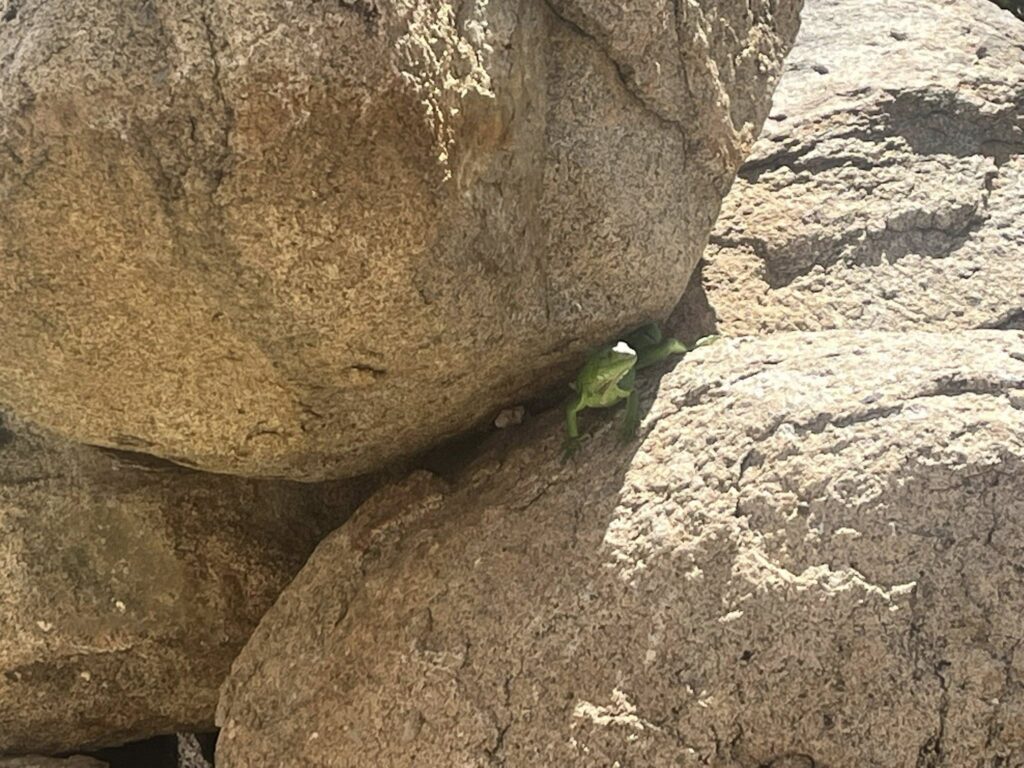
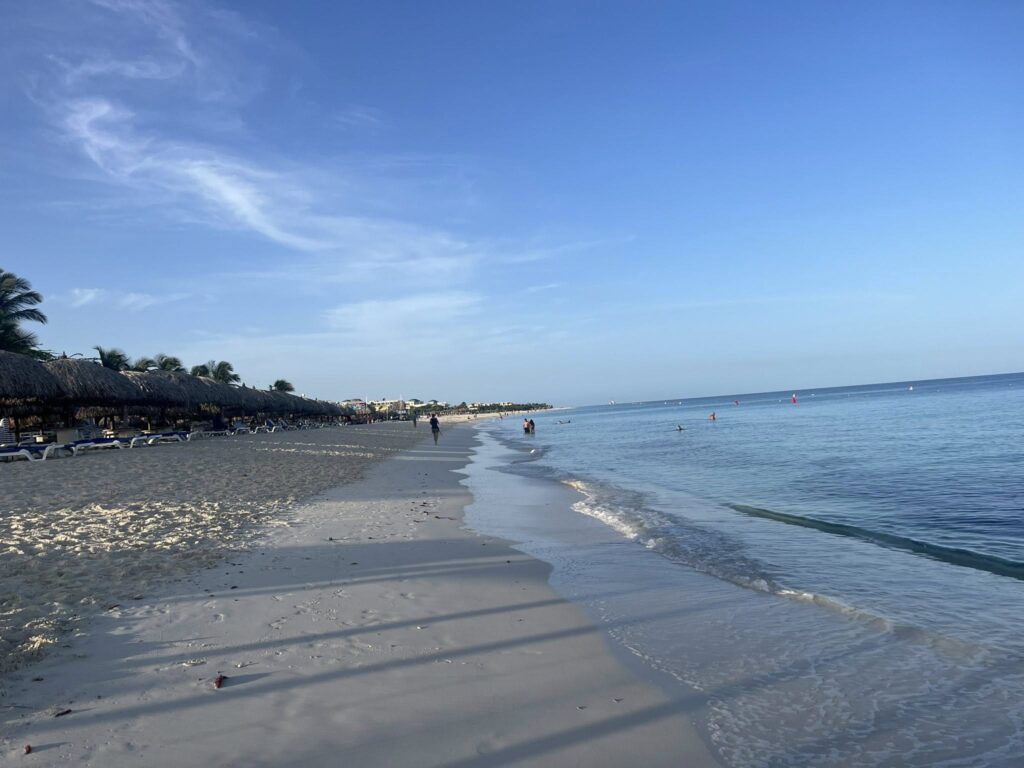
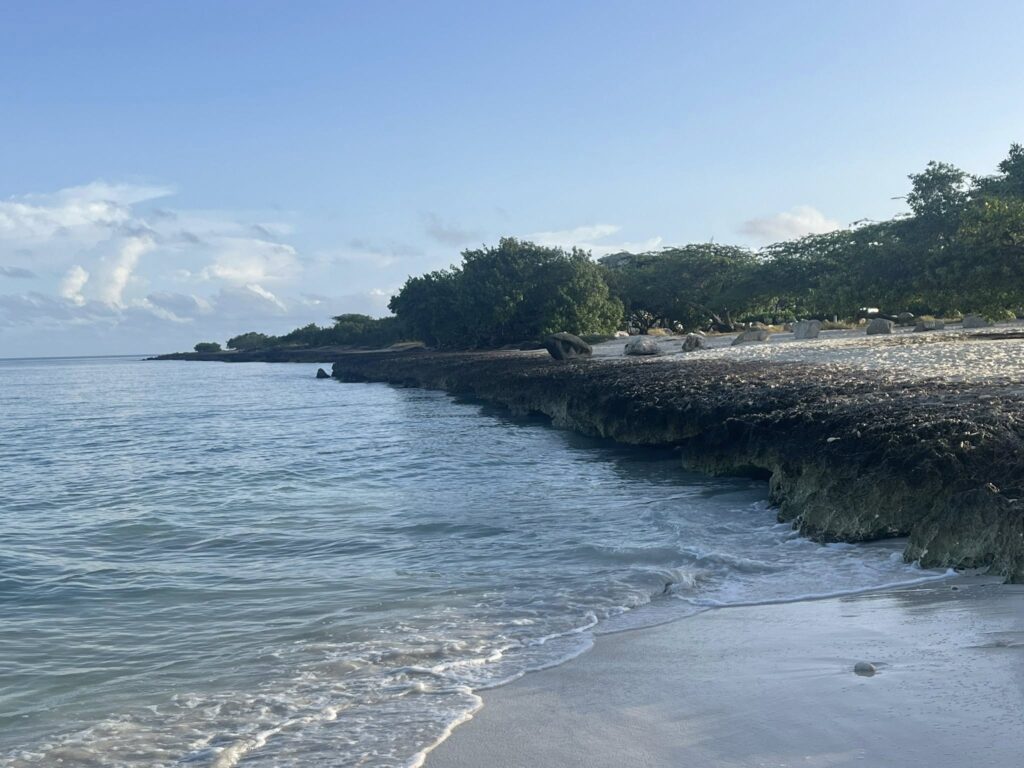
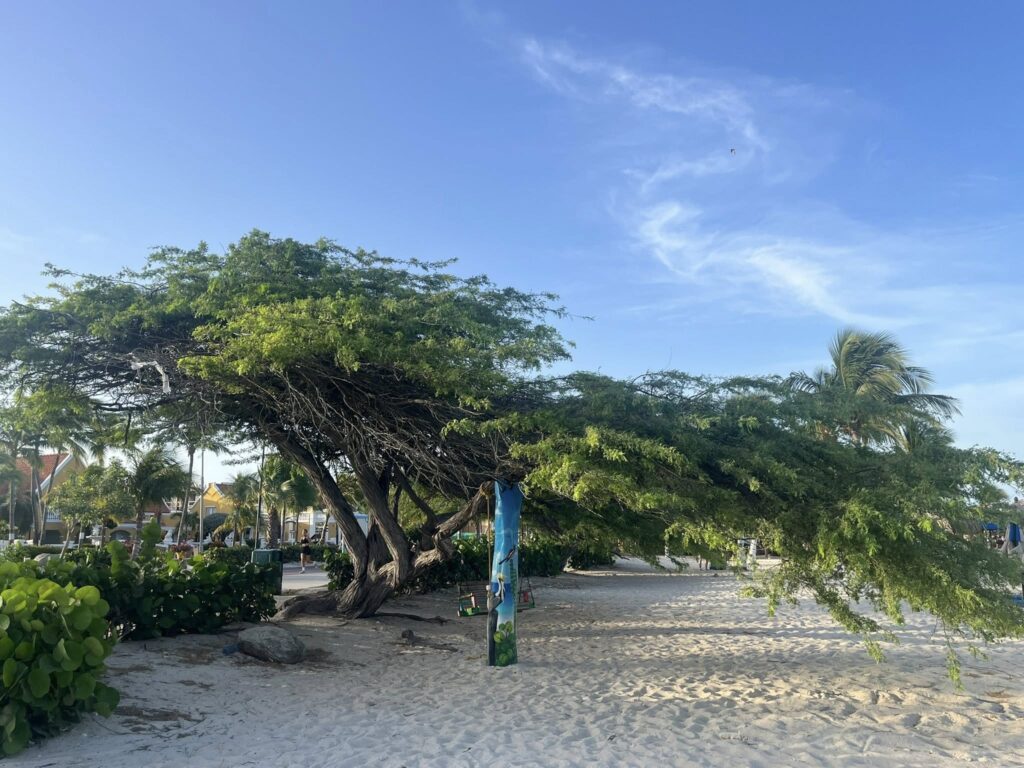
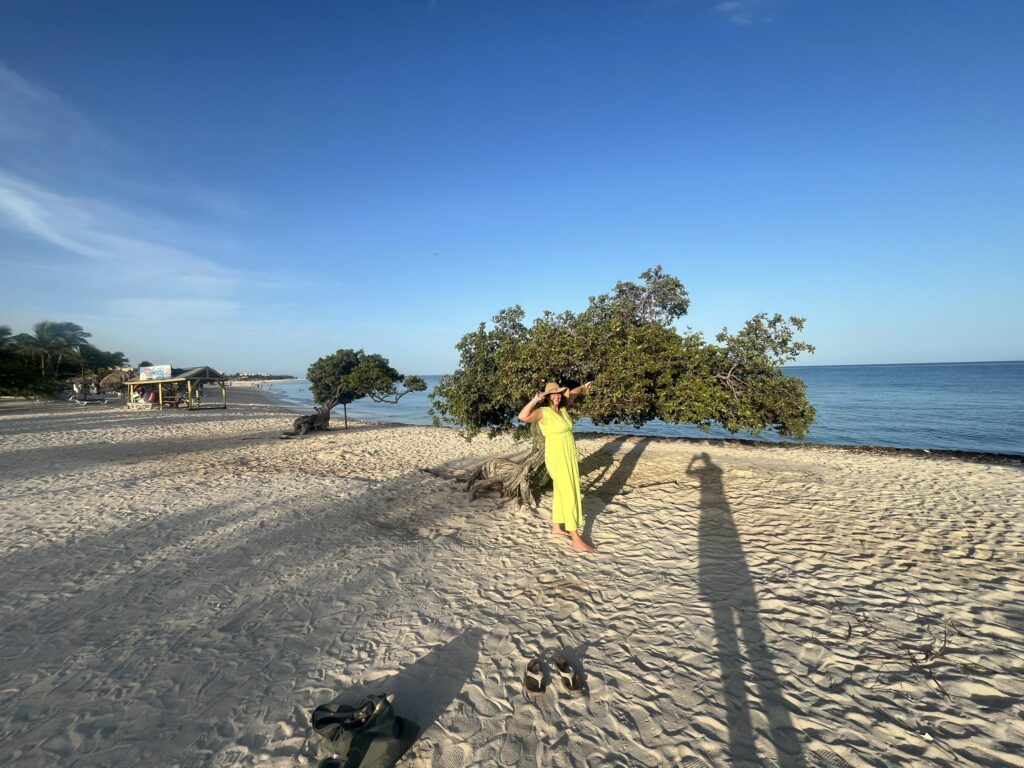
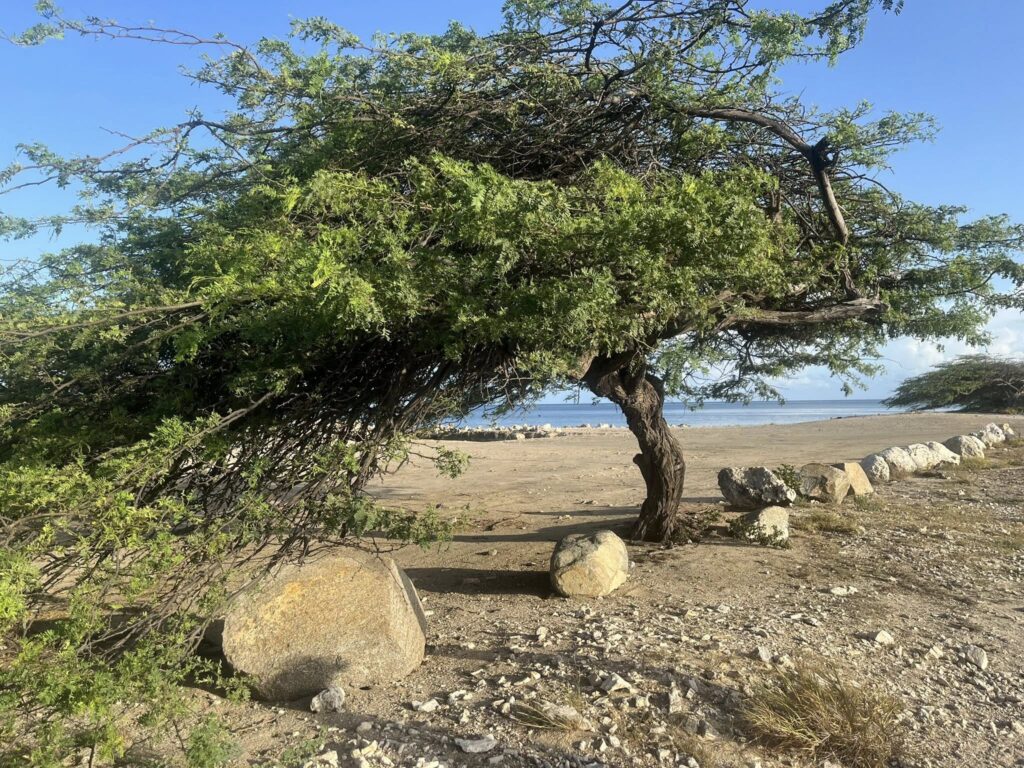
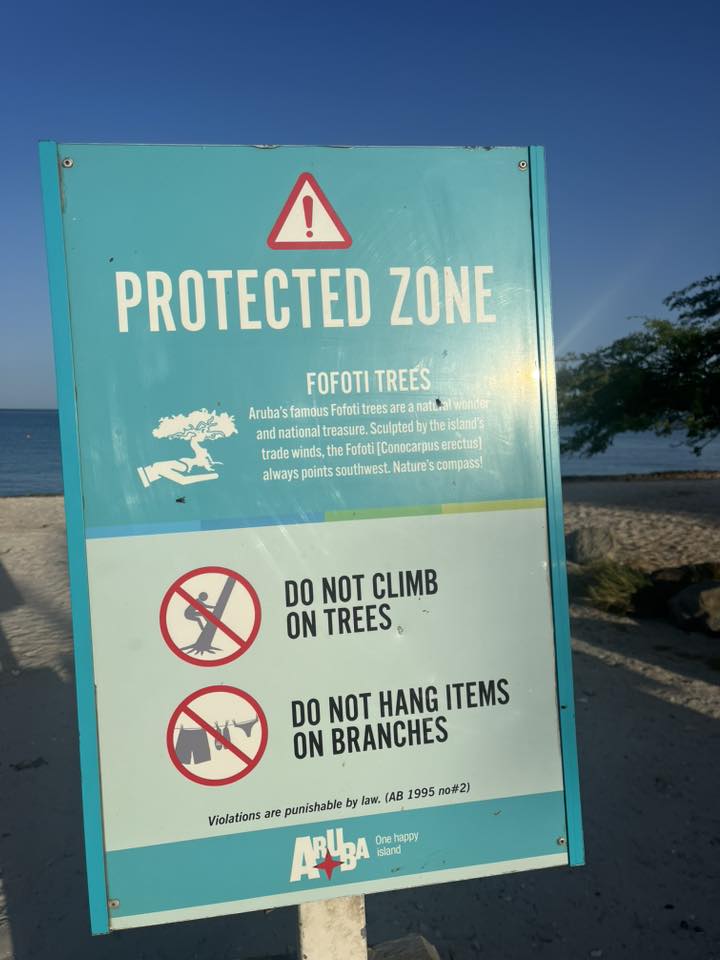
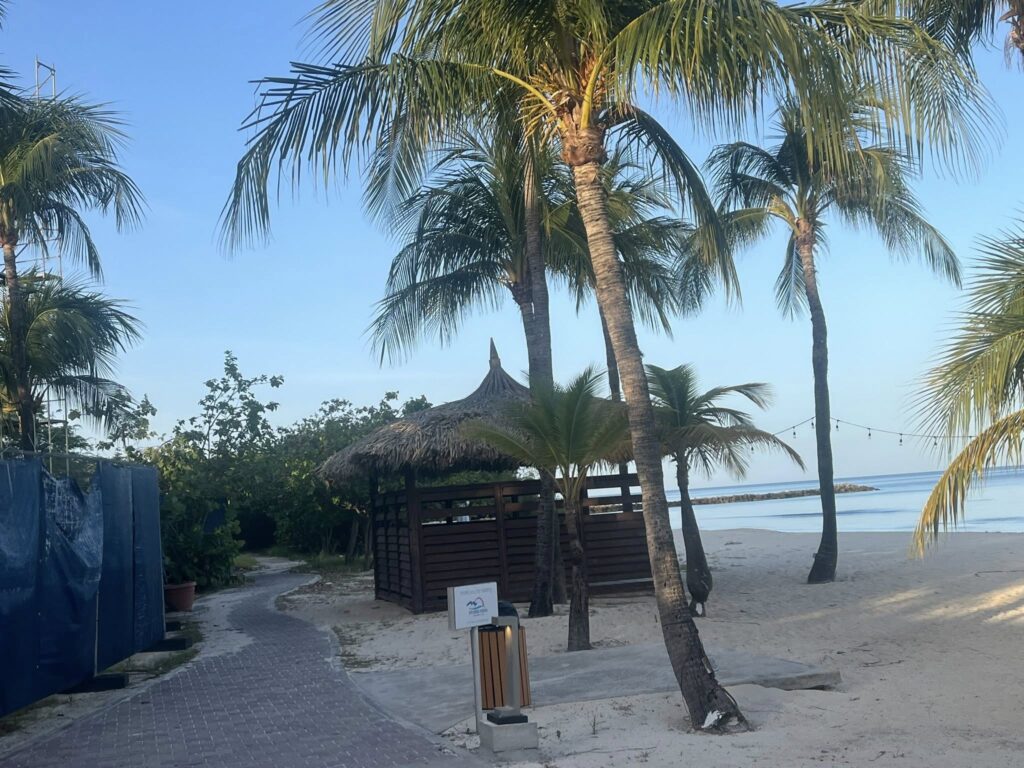
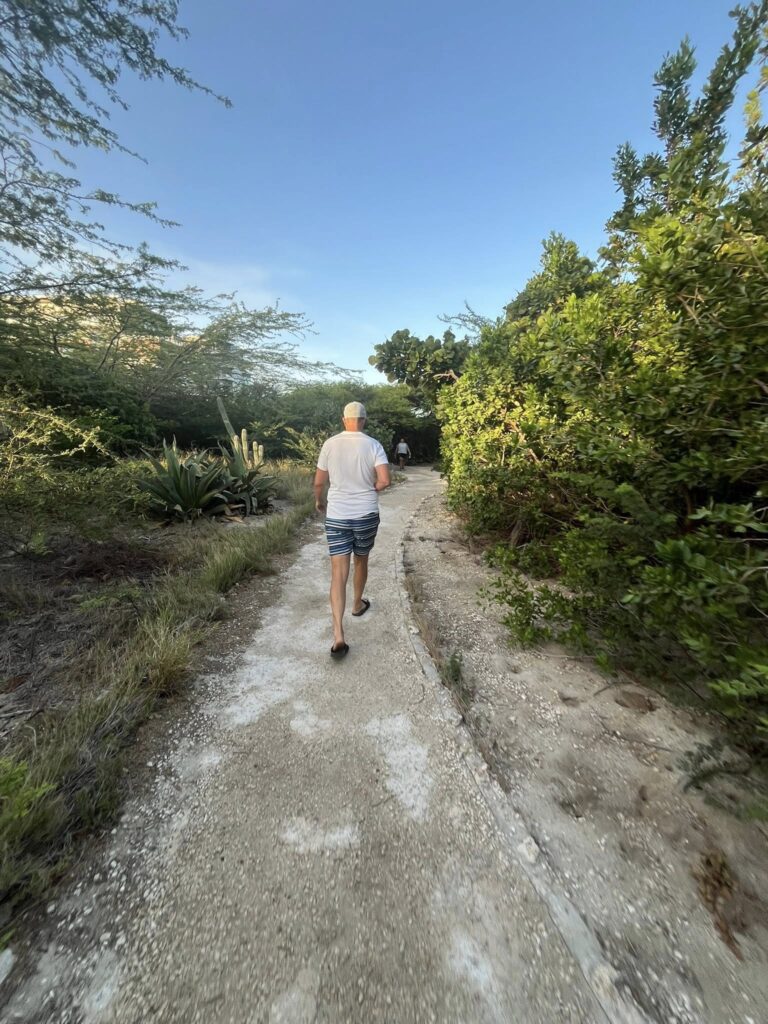
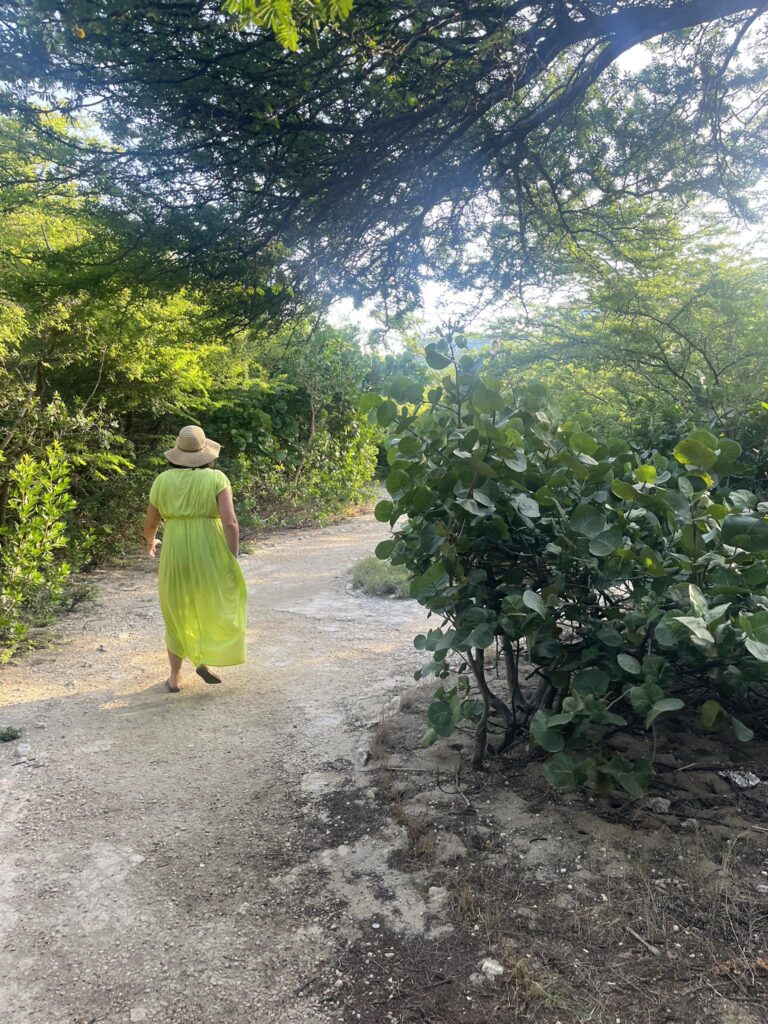
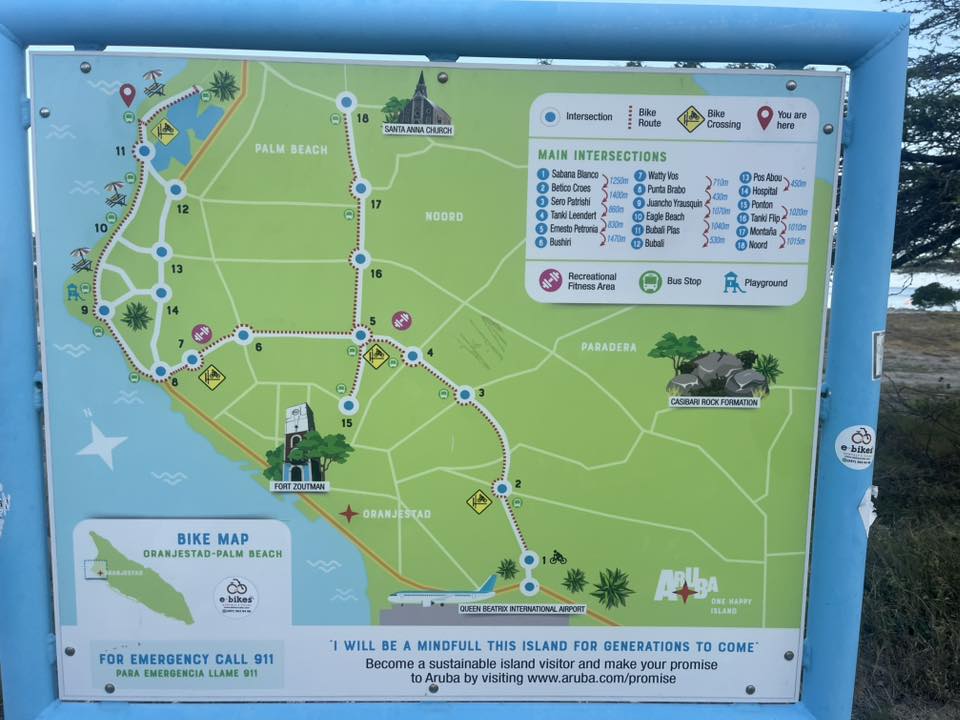
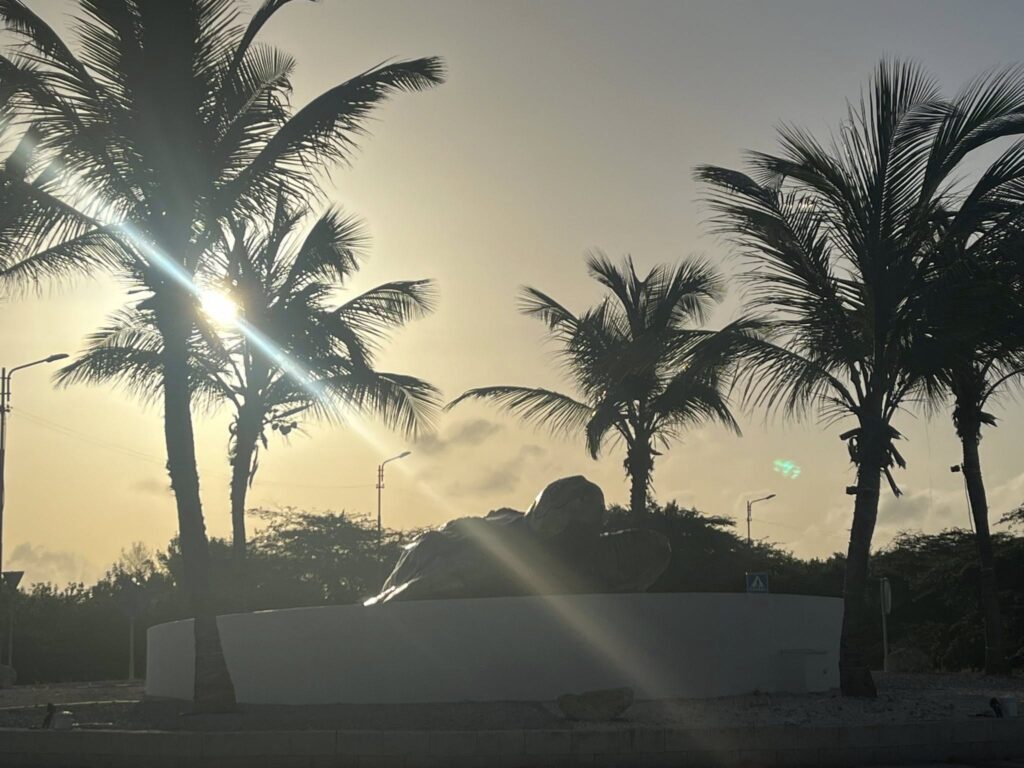
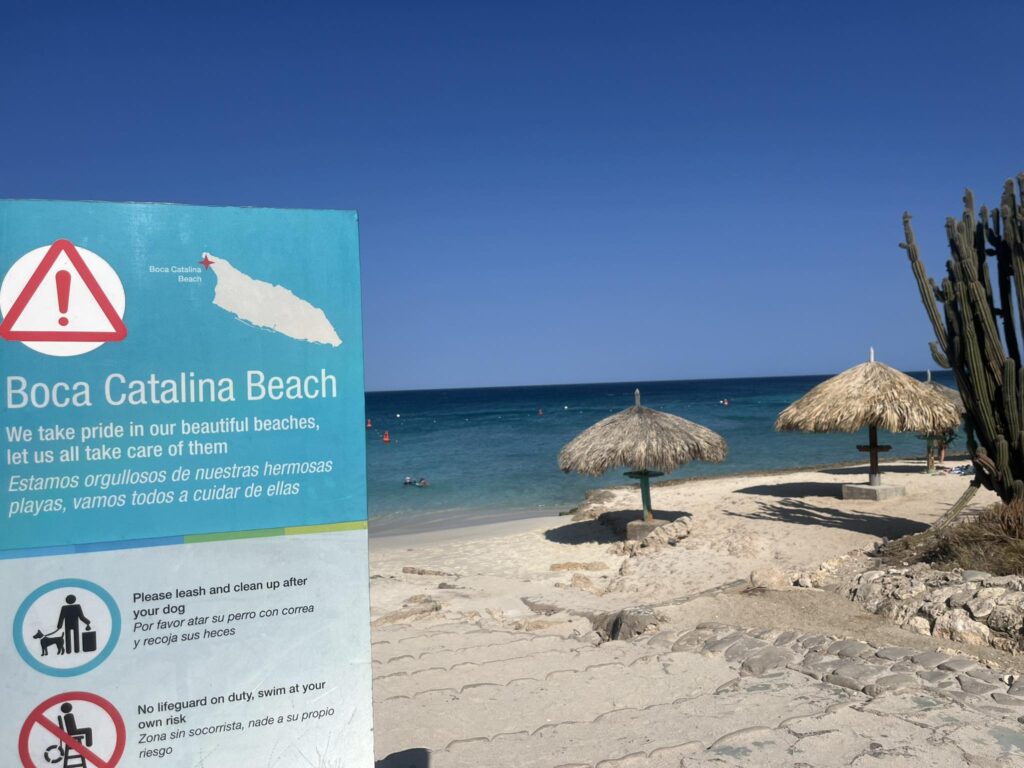
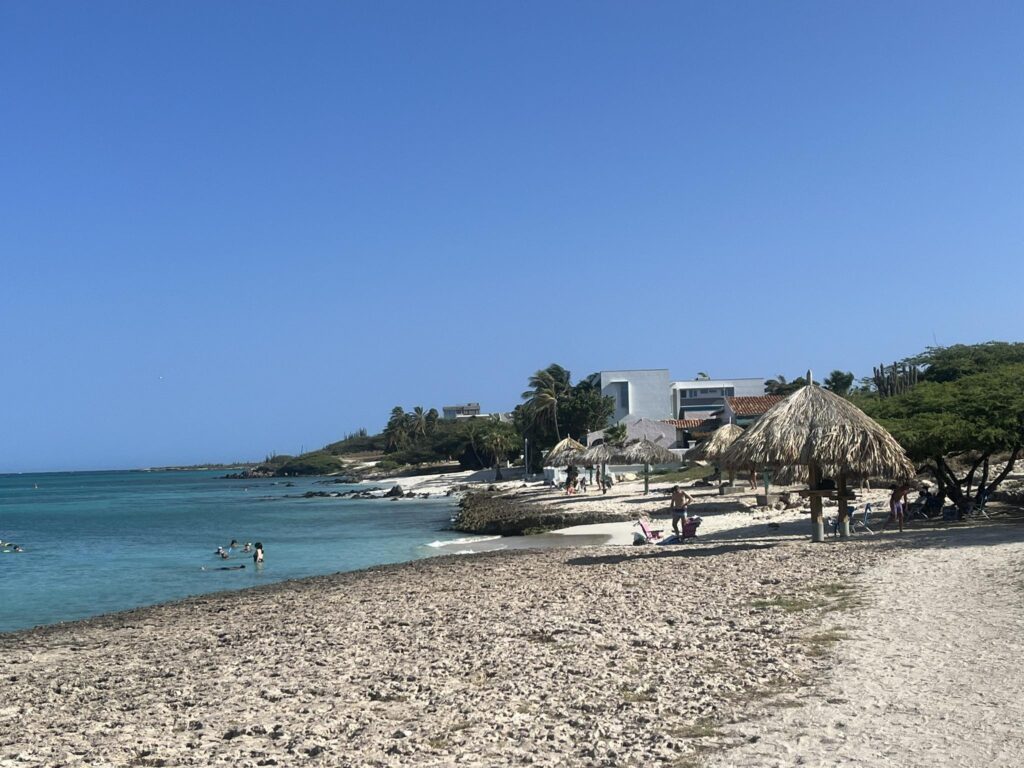
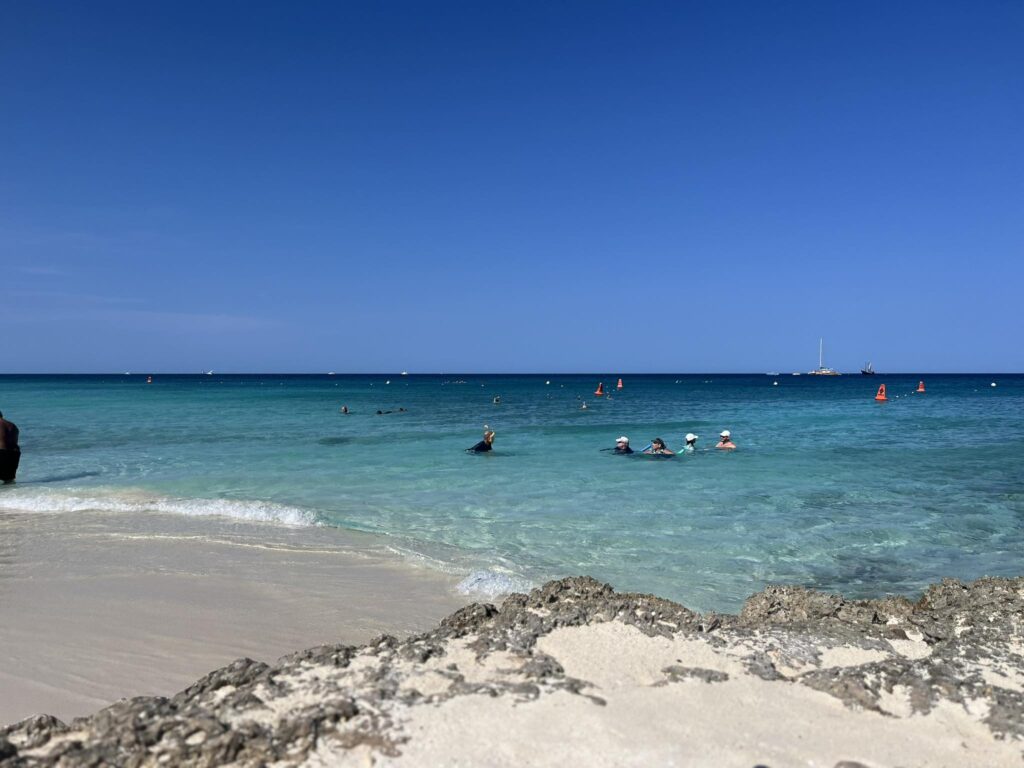
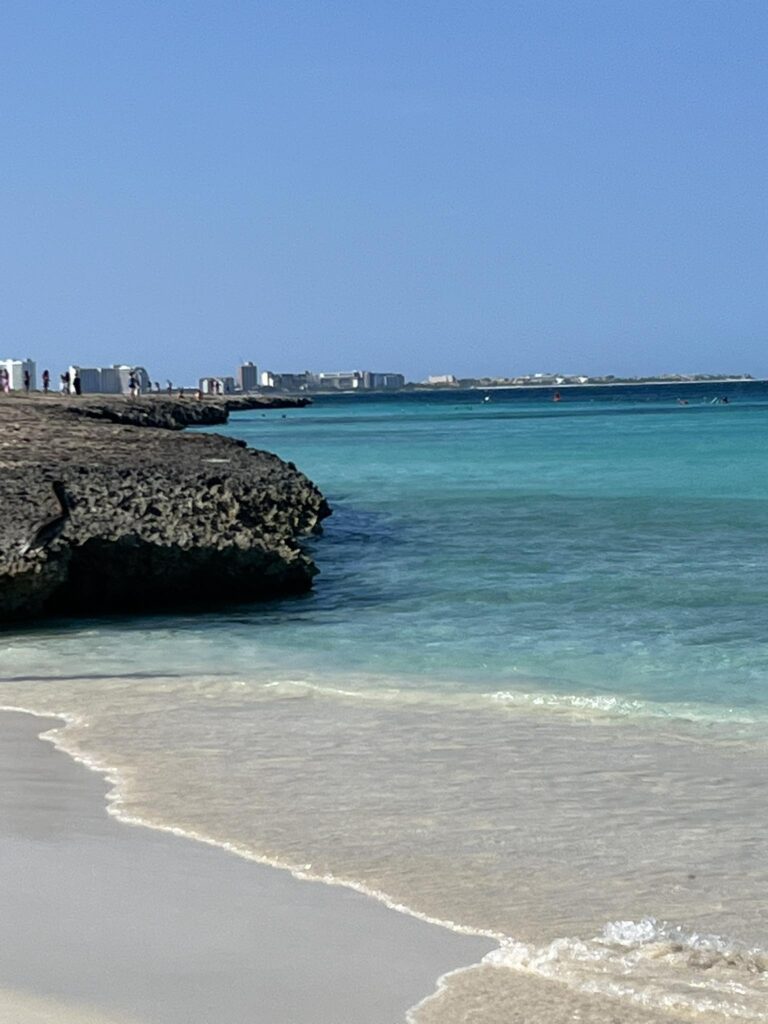
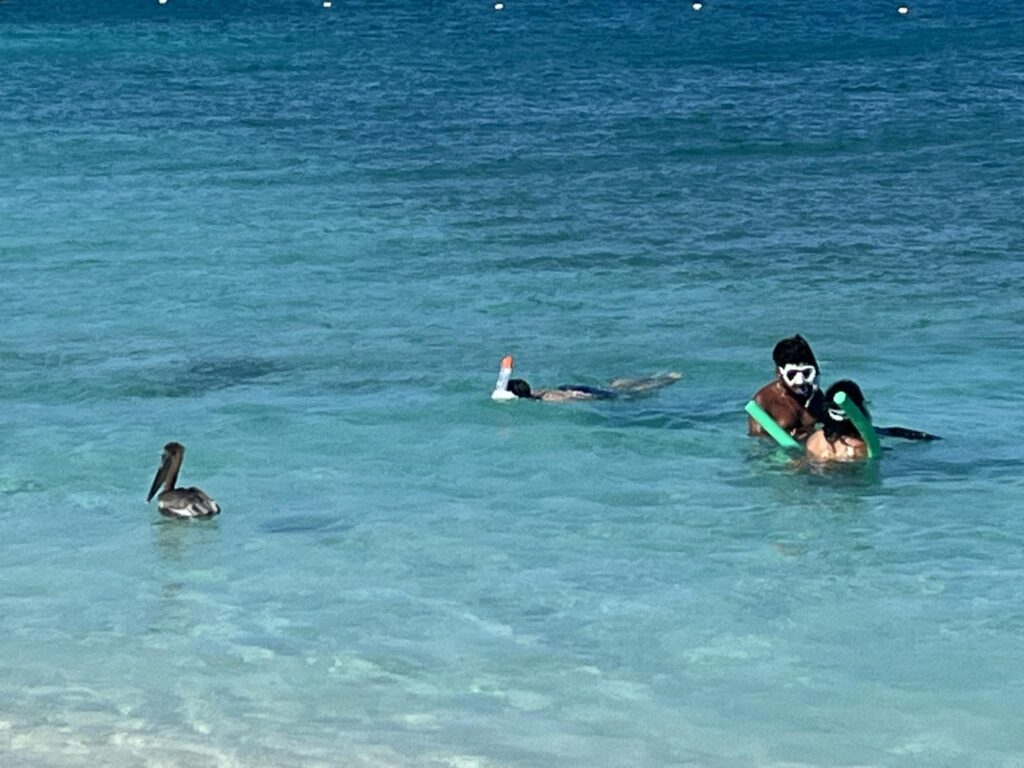
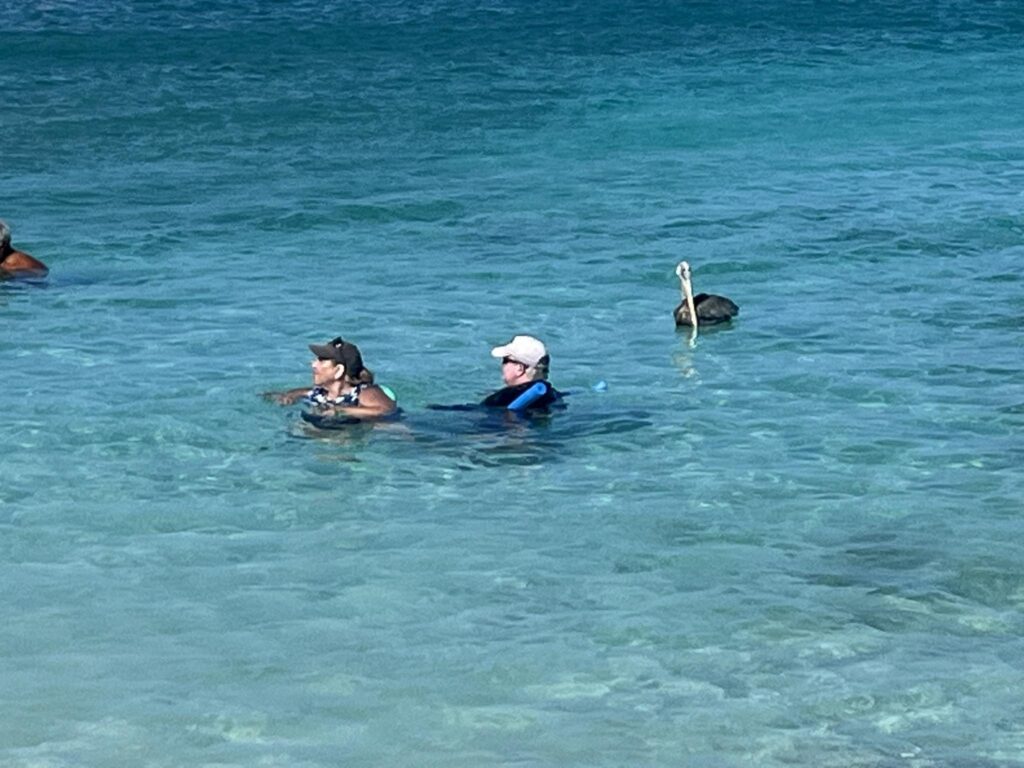
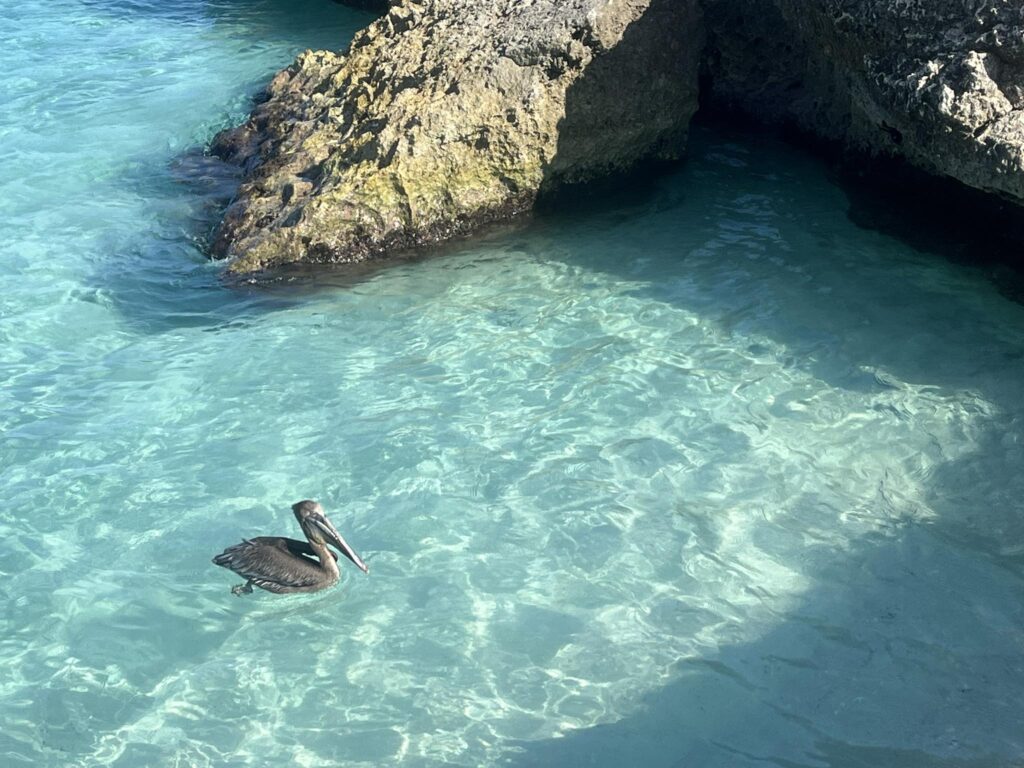
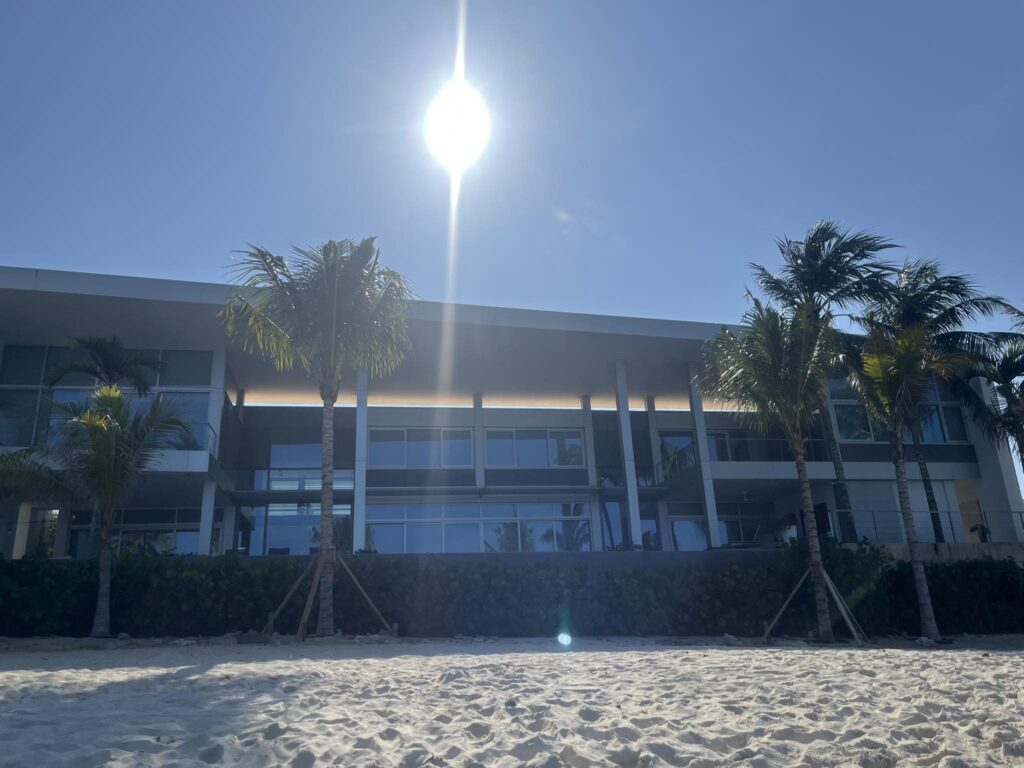
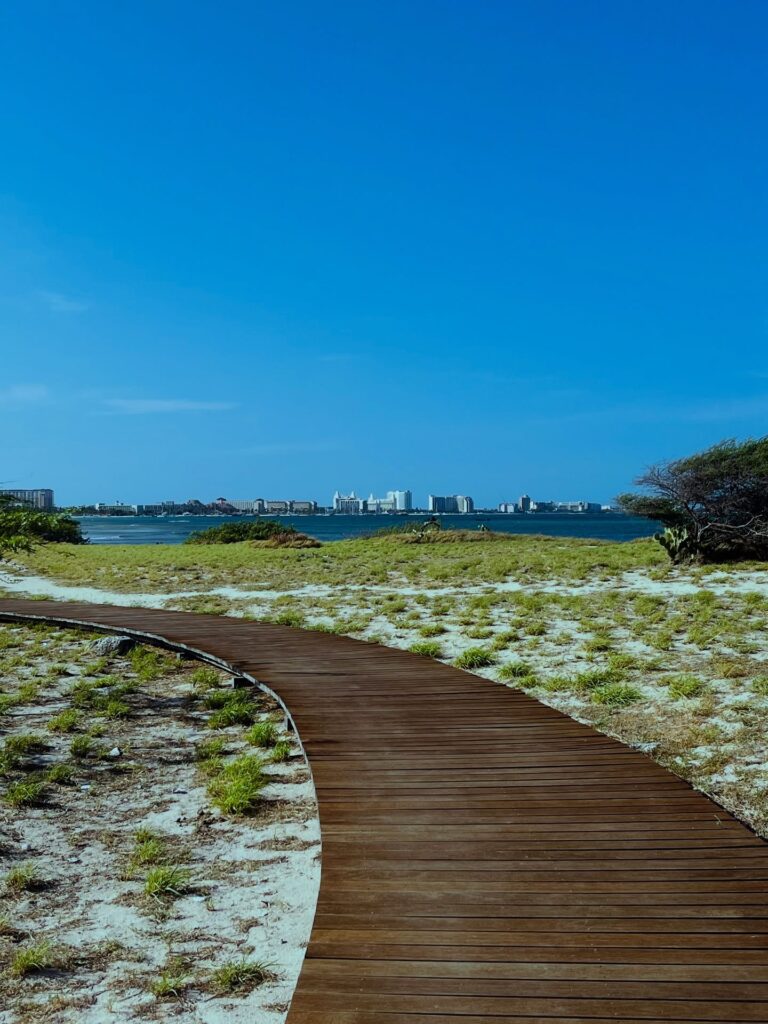
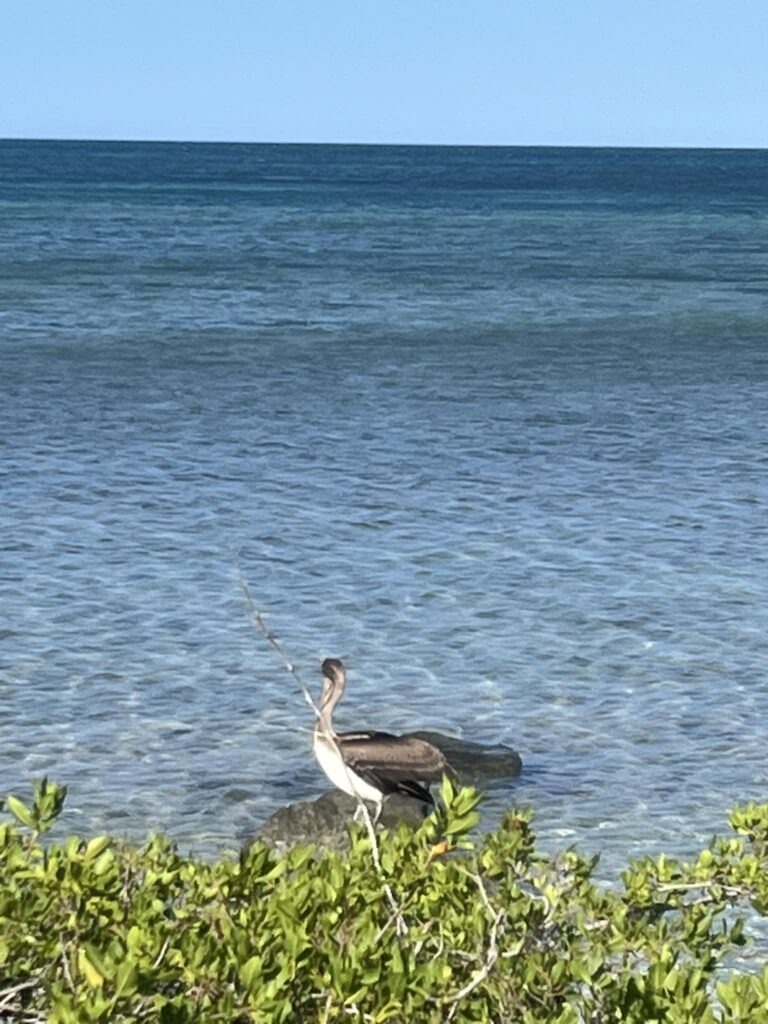
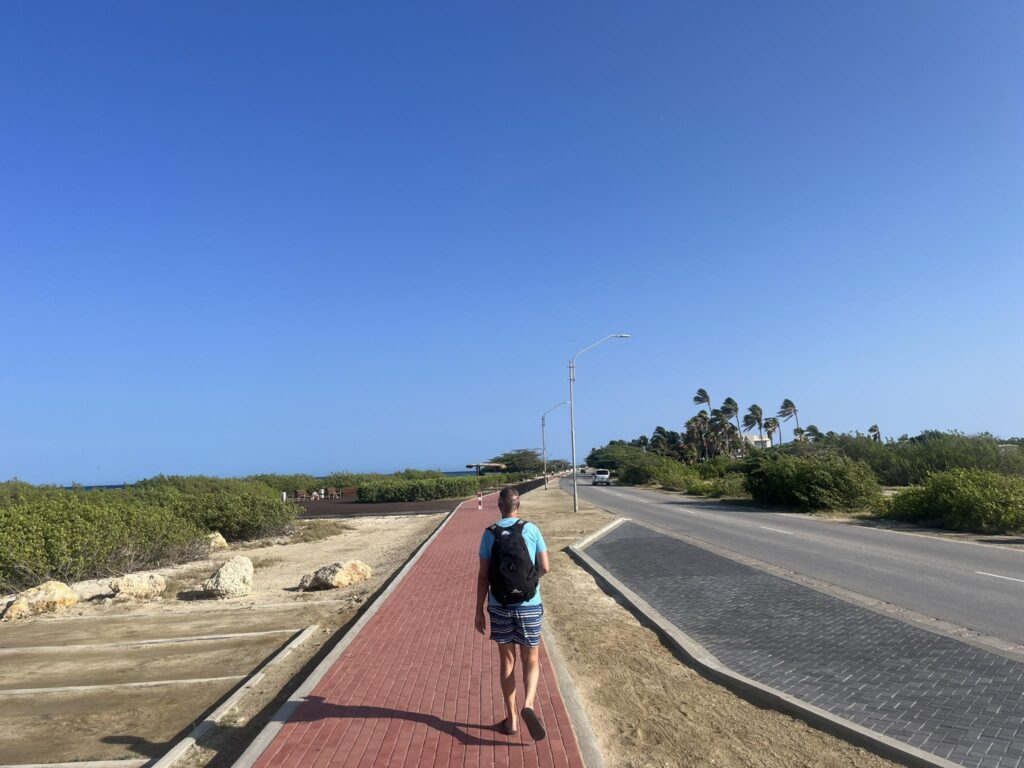
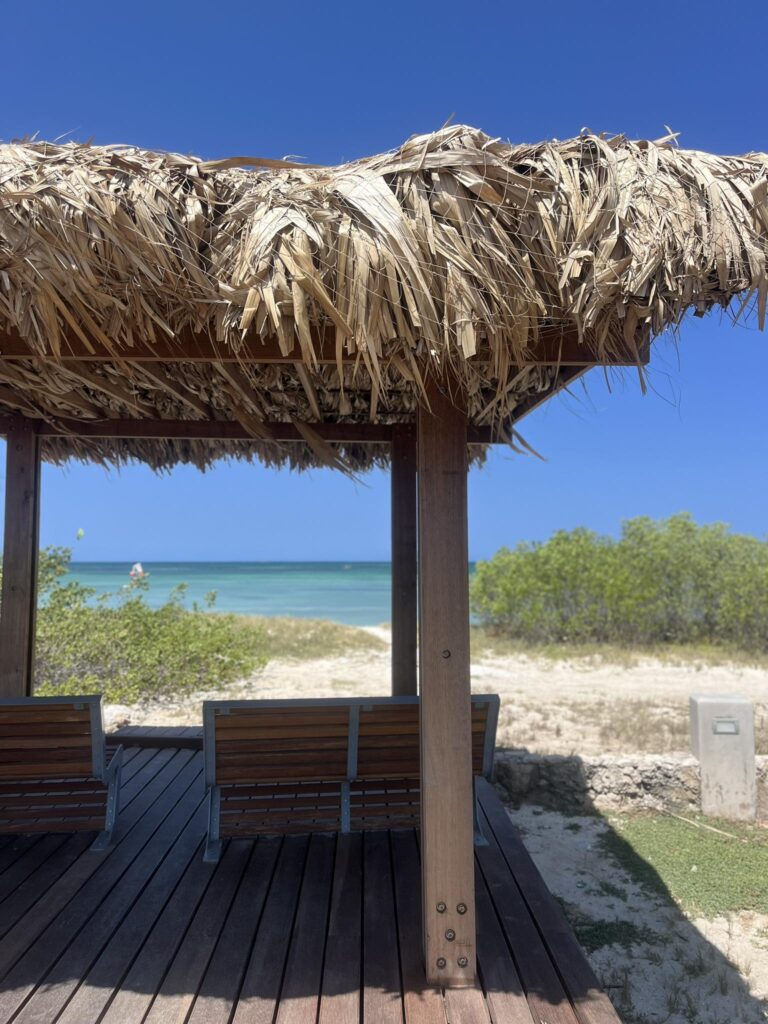
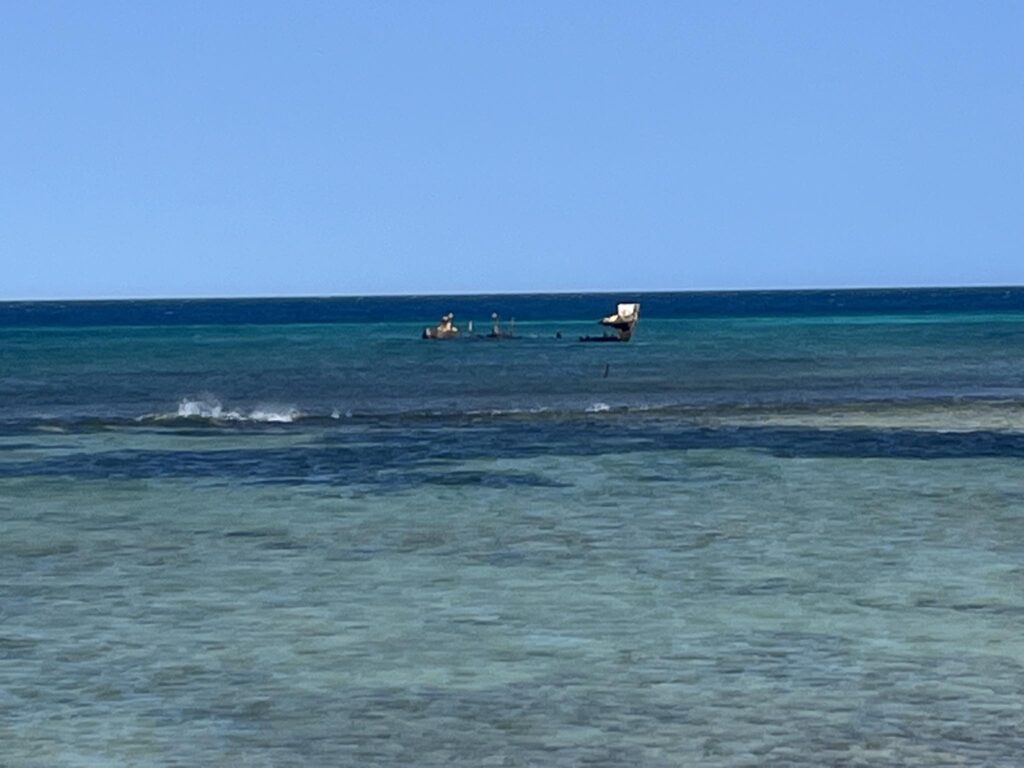
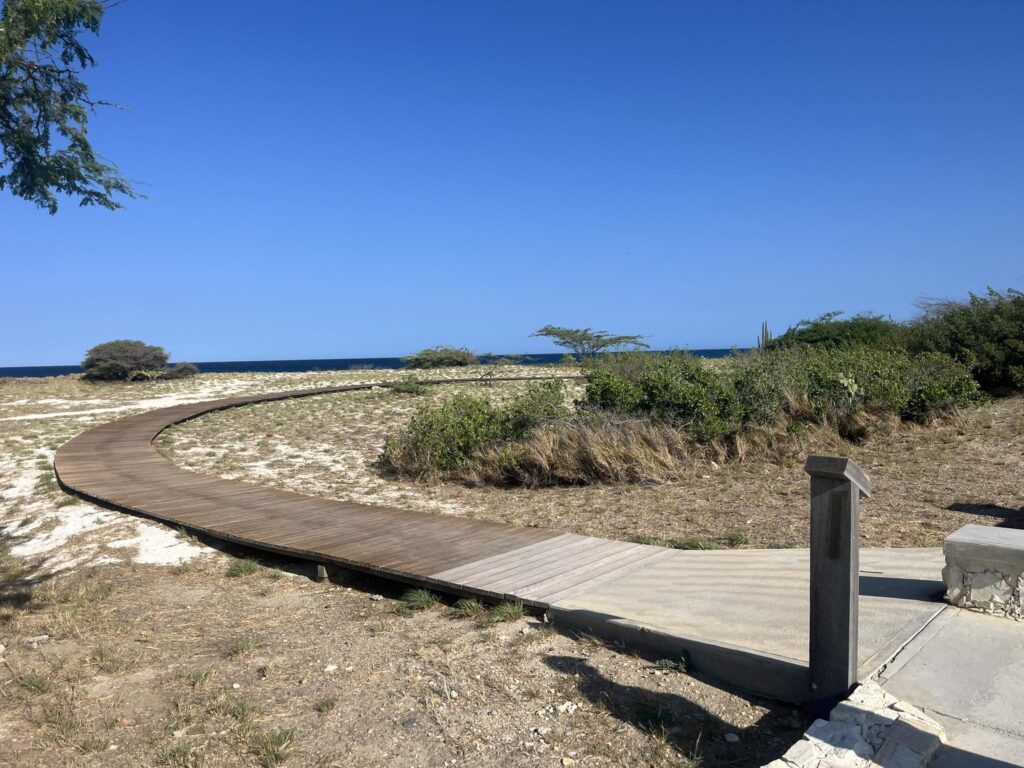
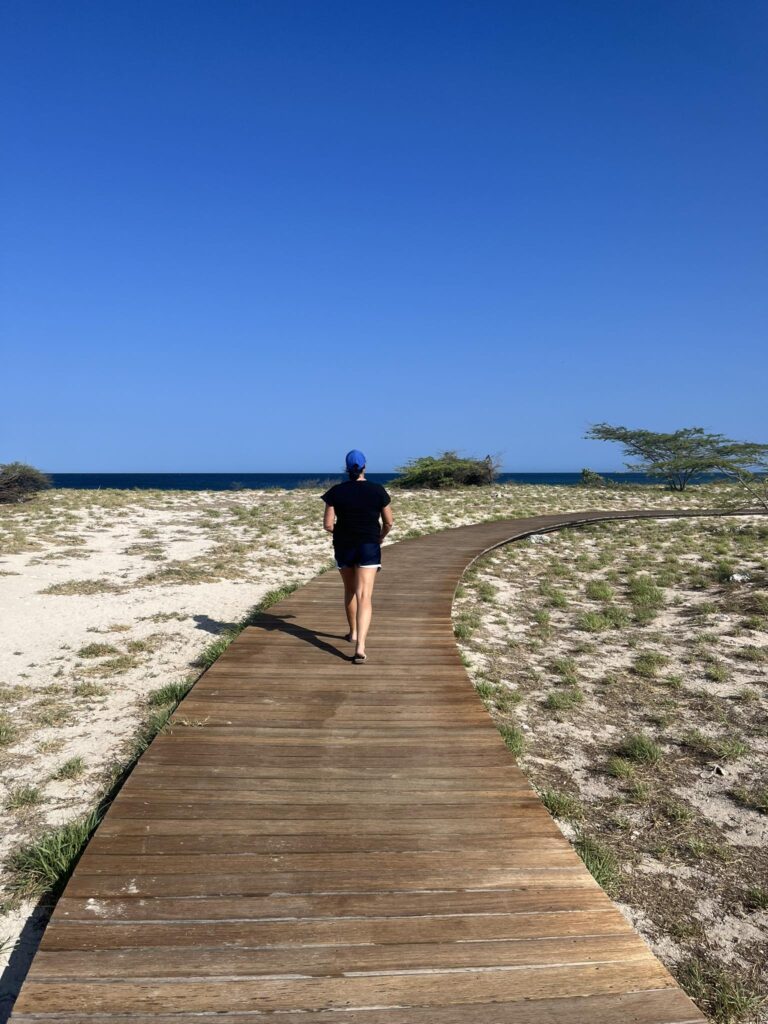
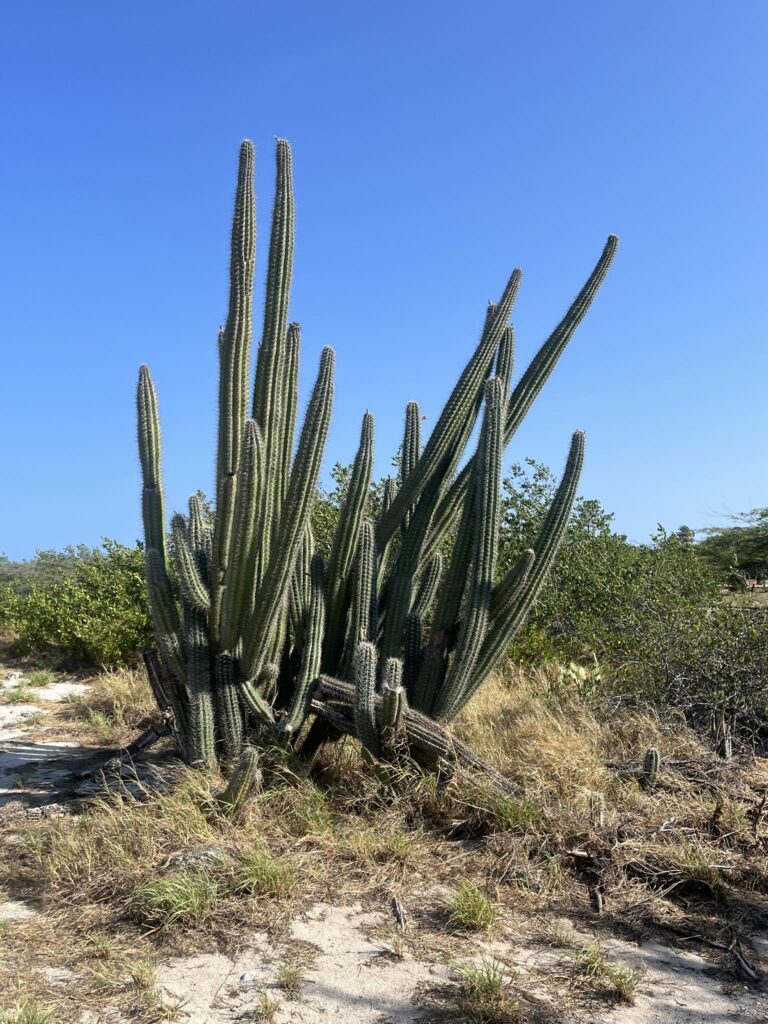
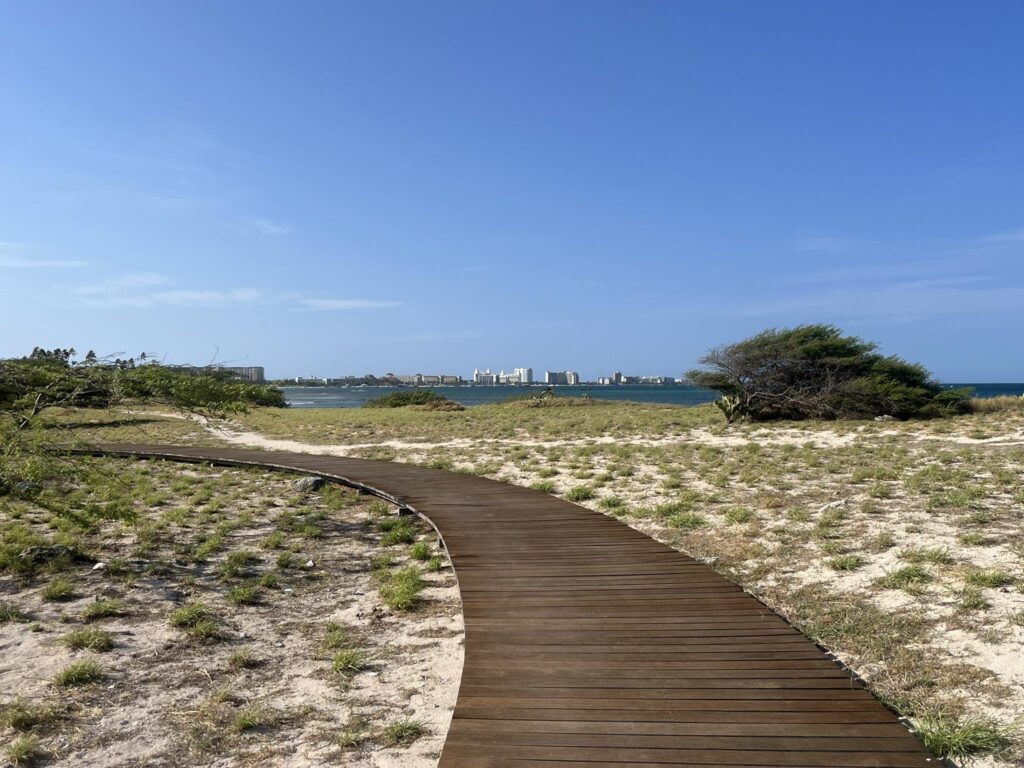
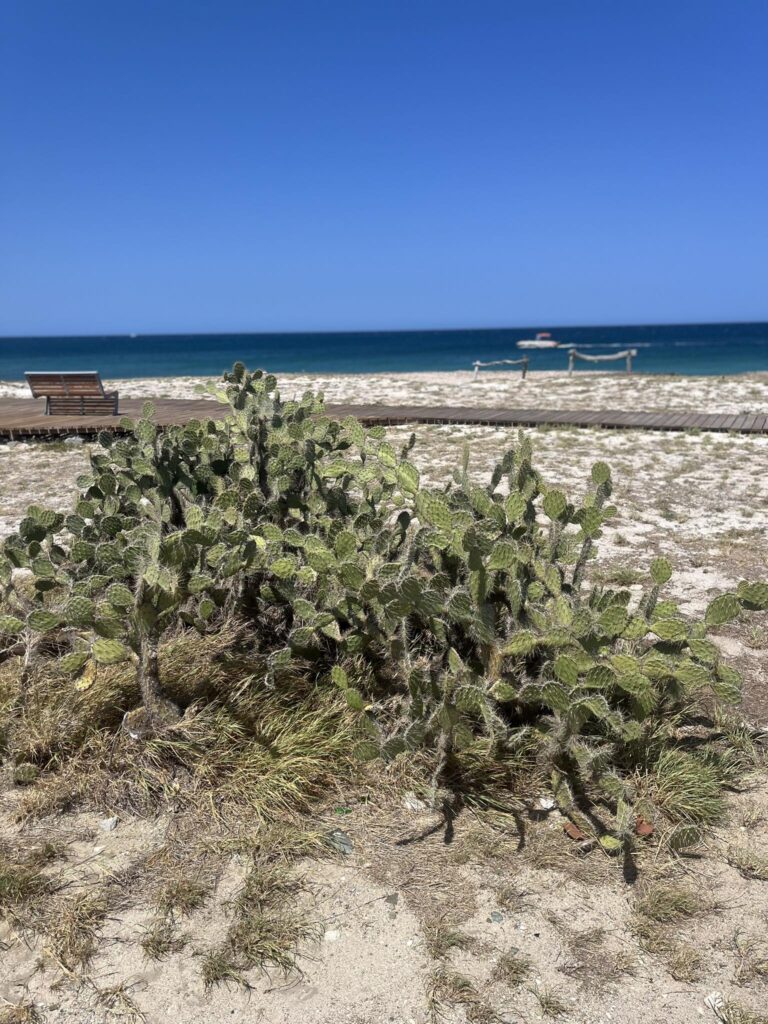
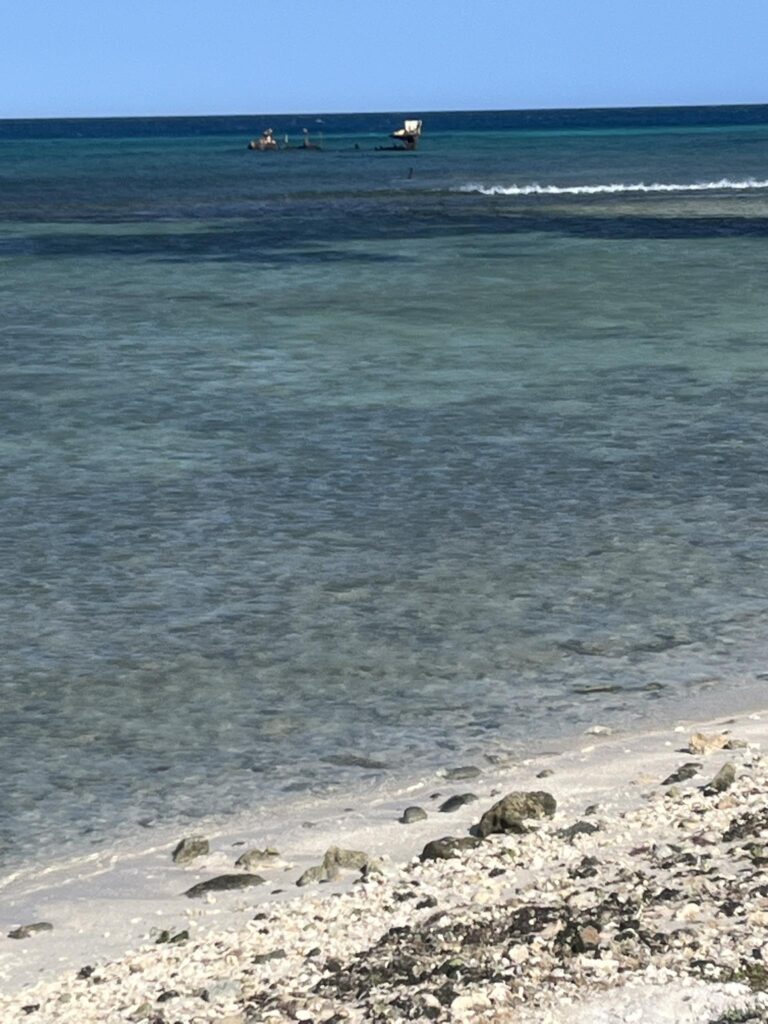



Leave a Reply